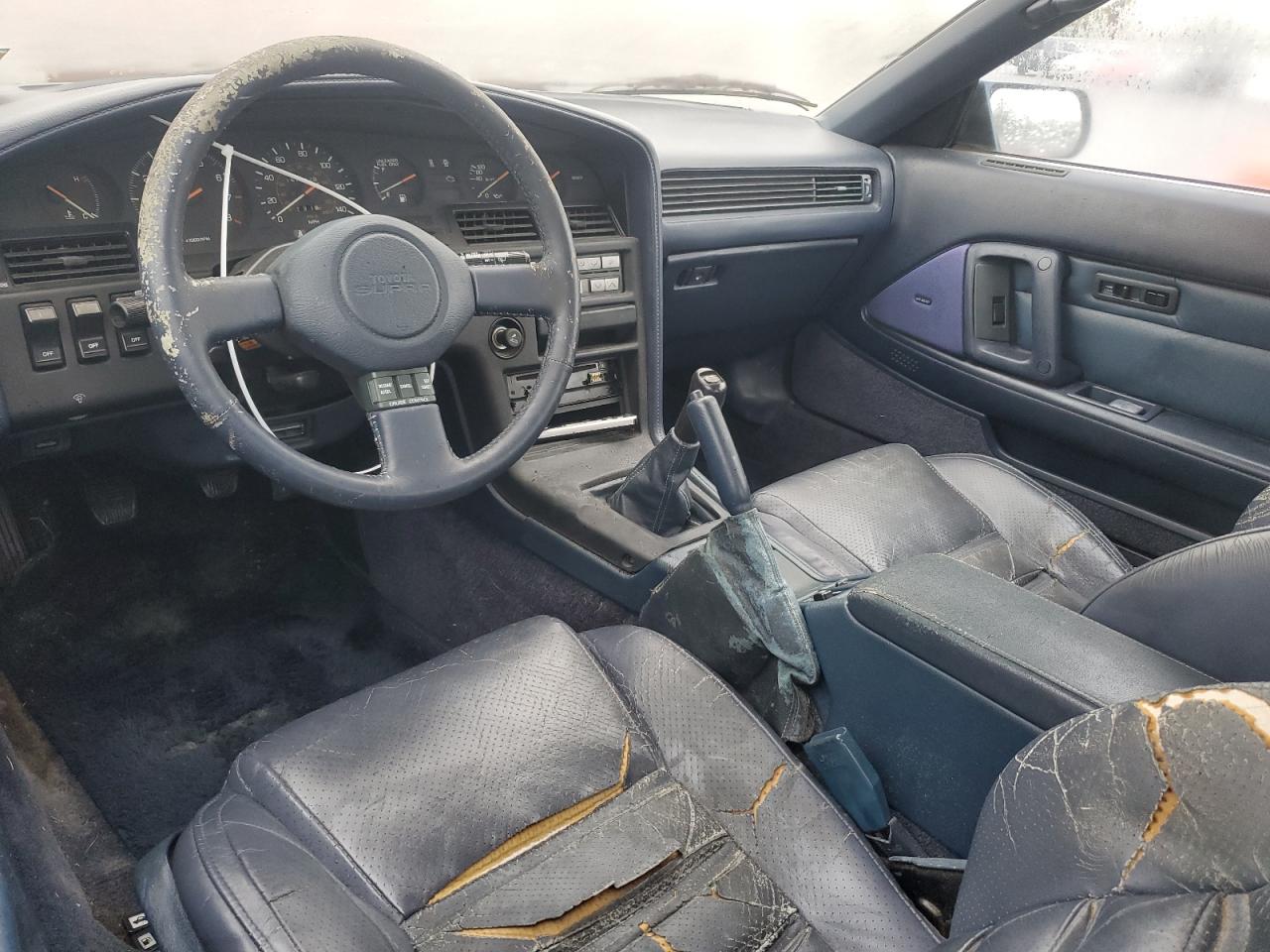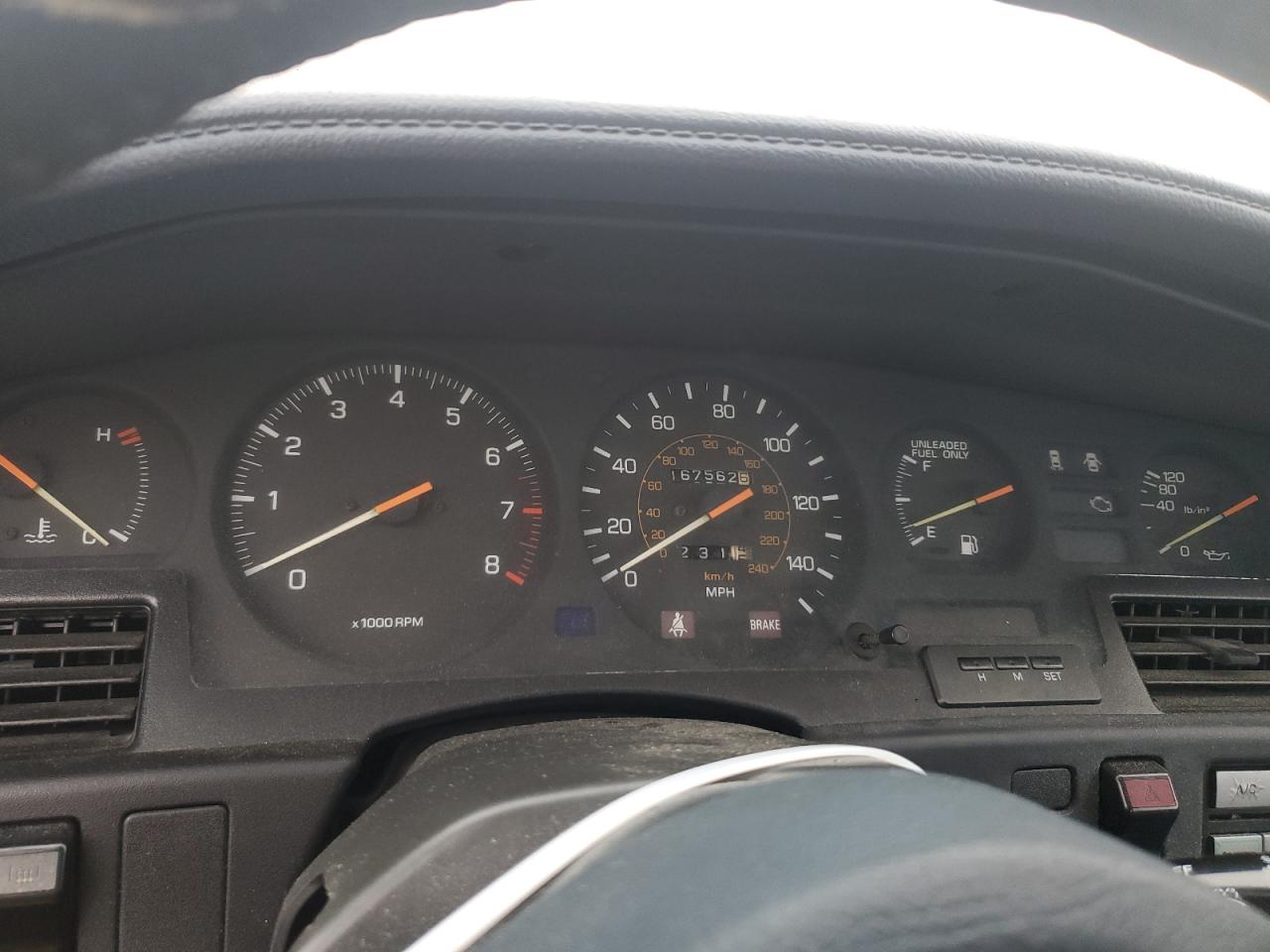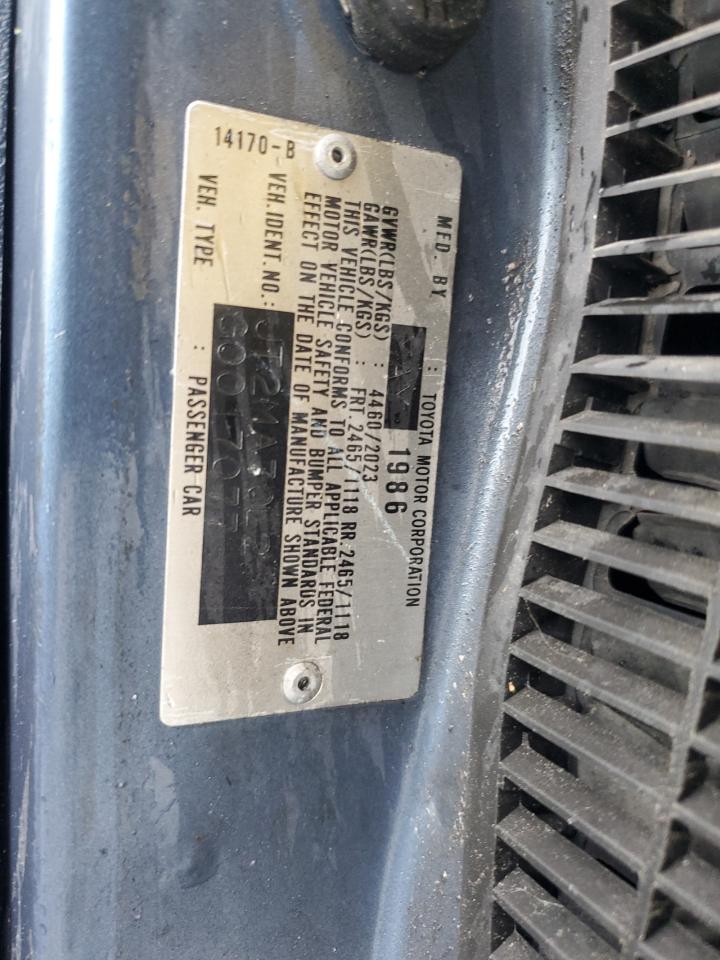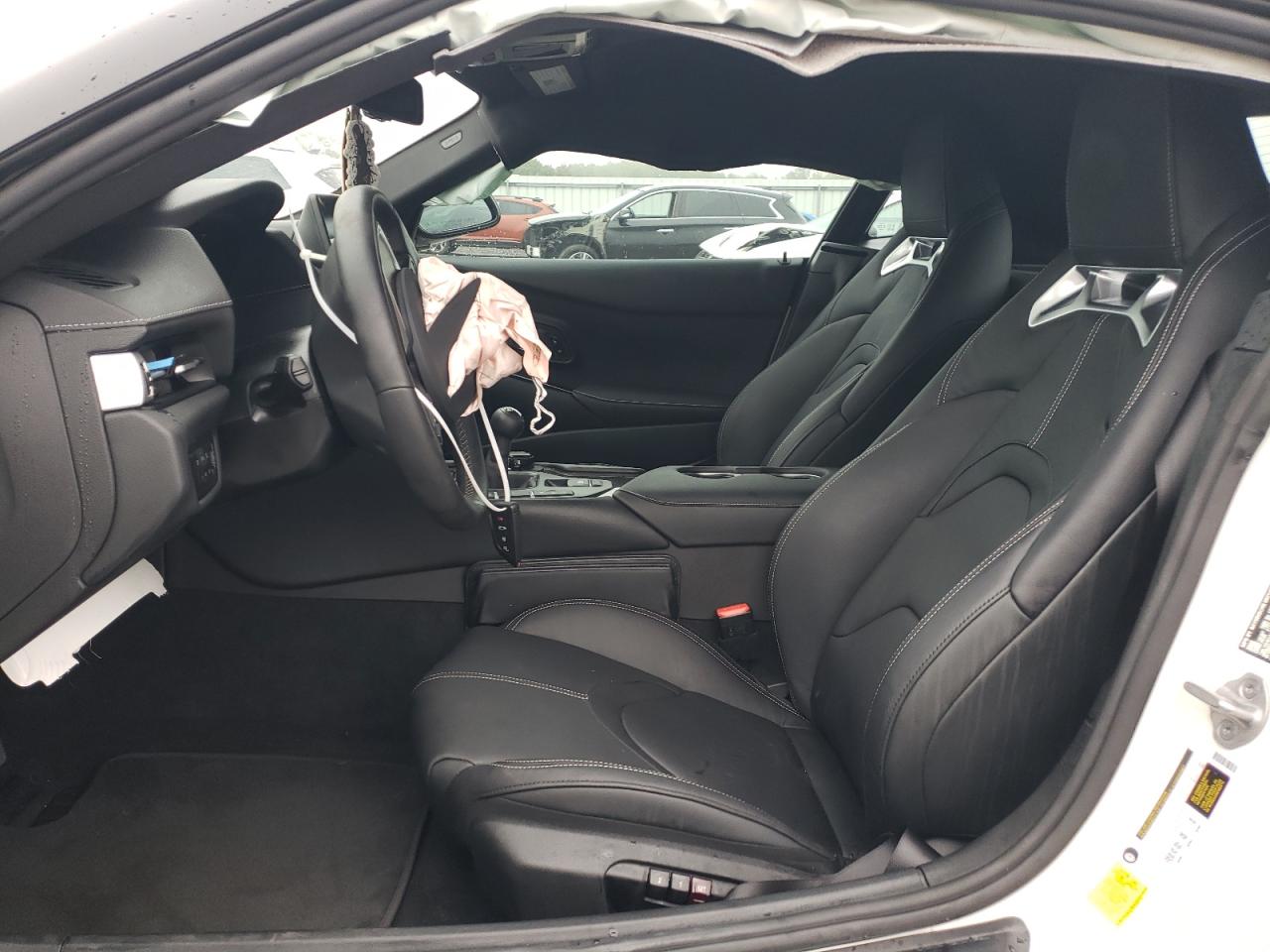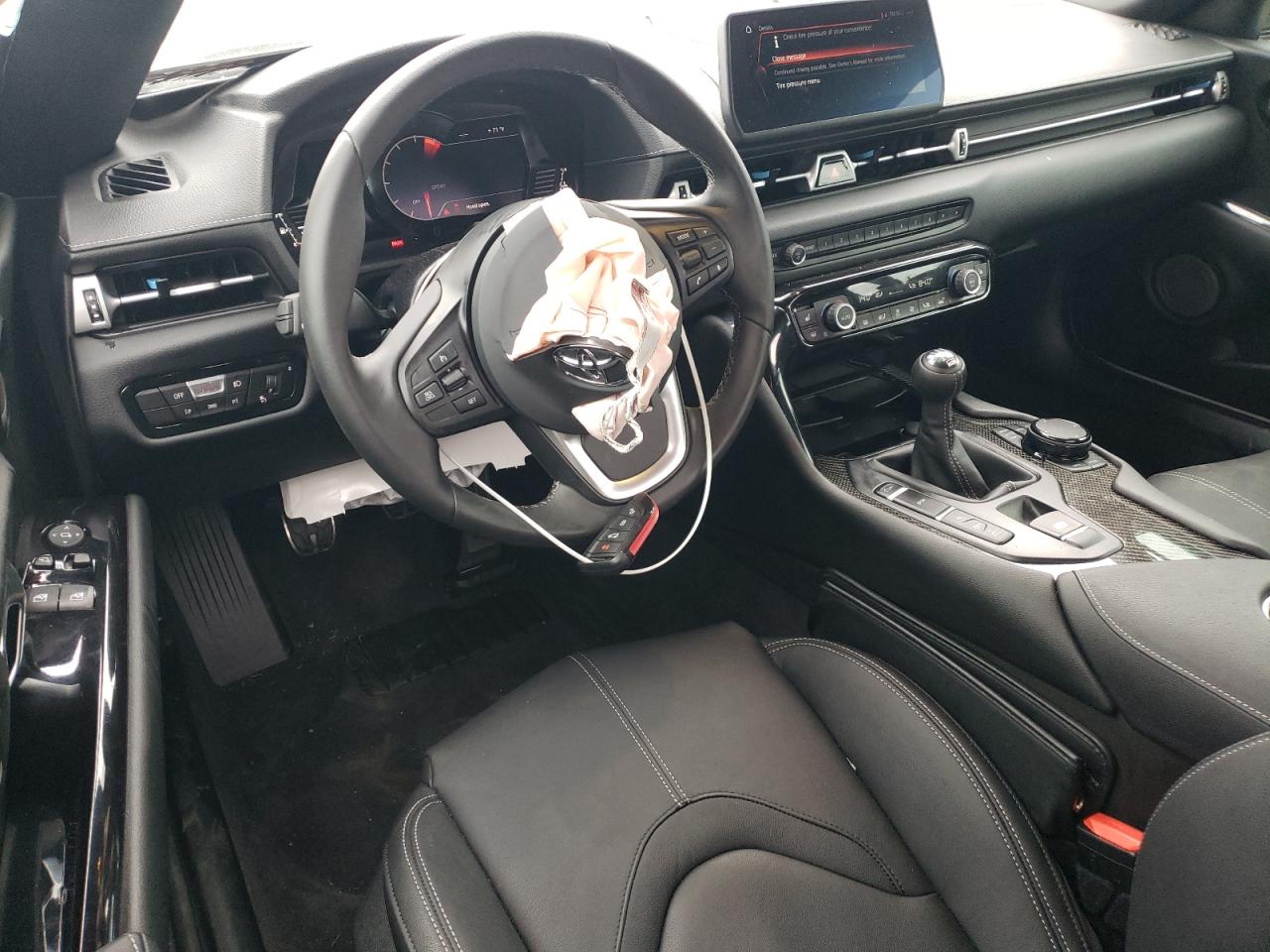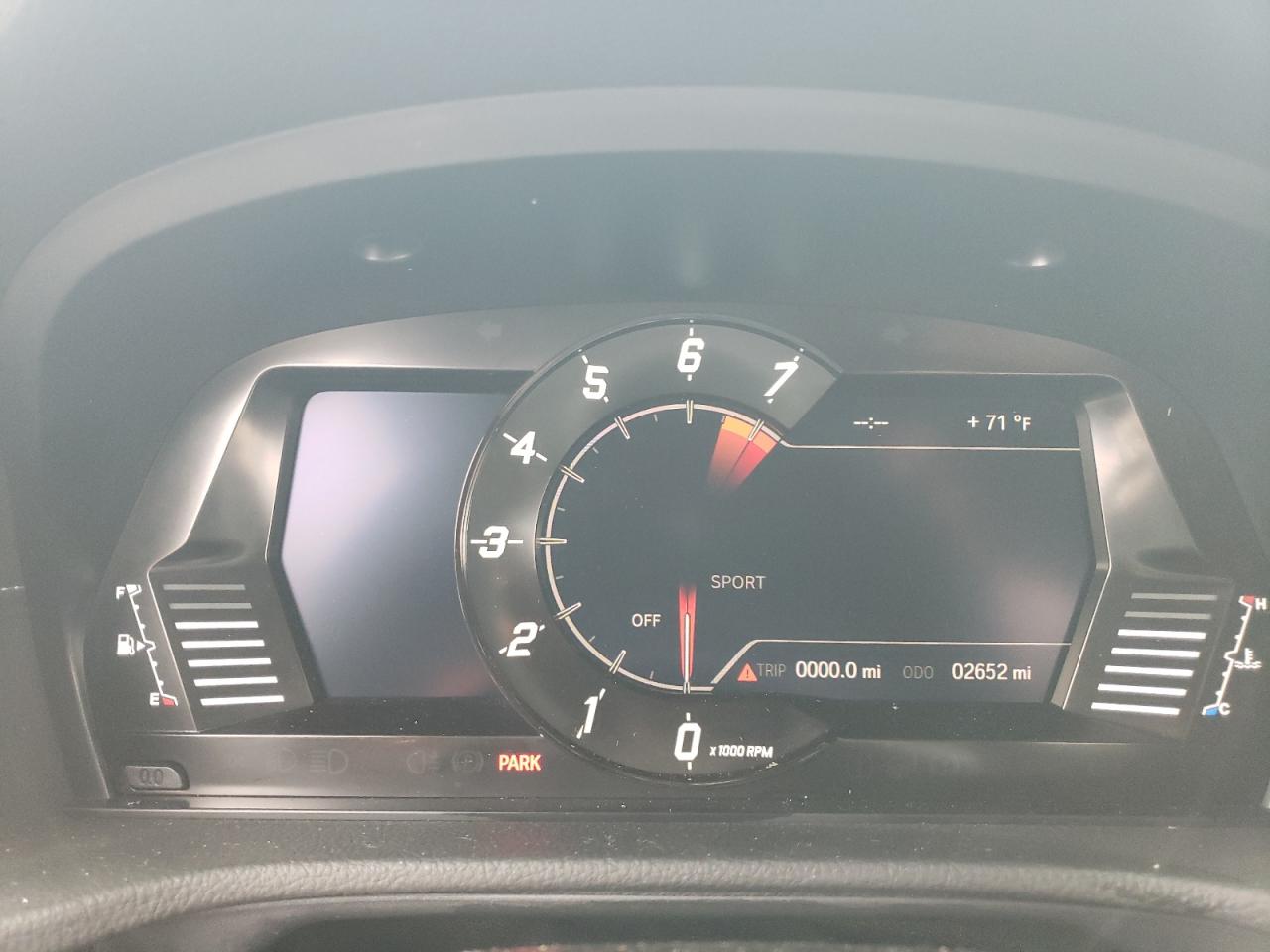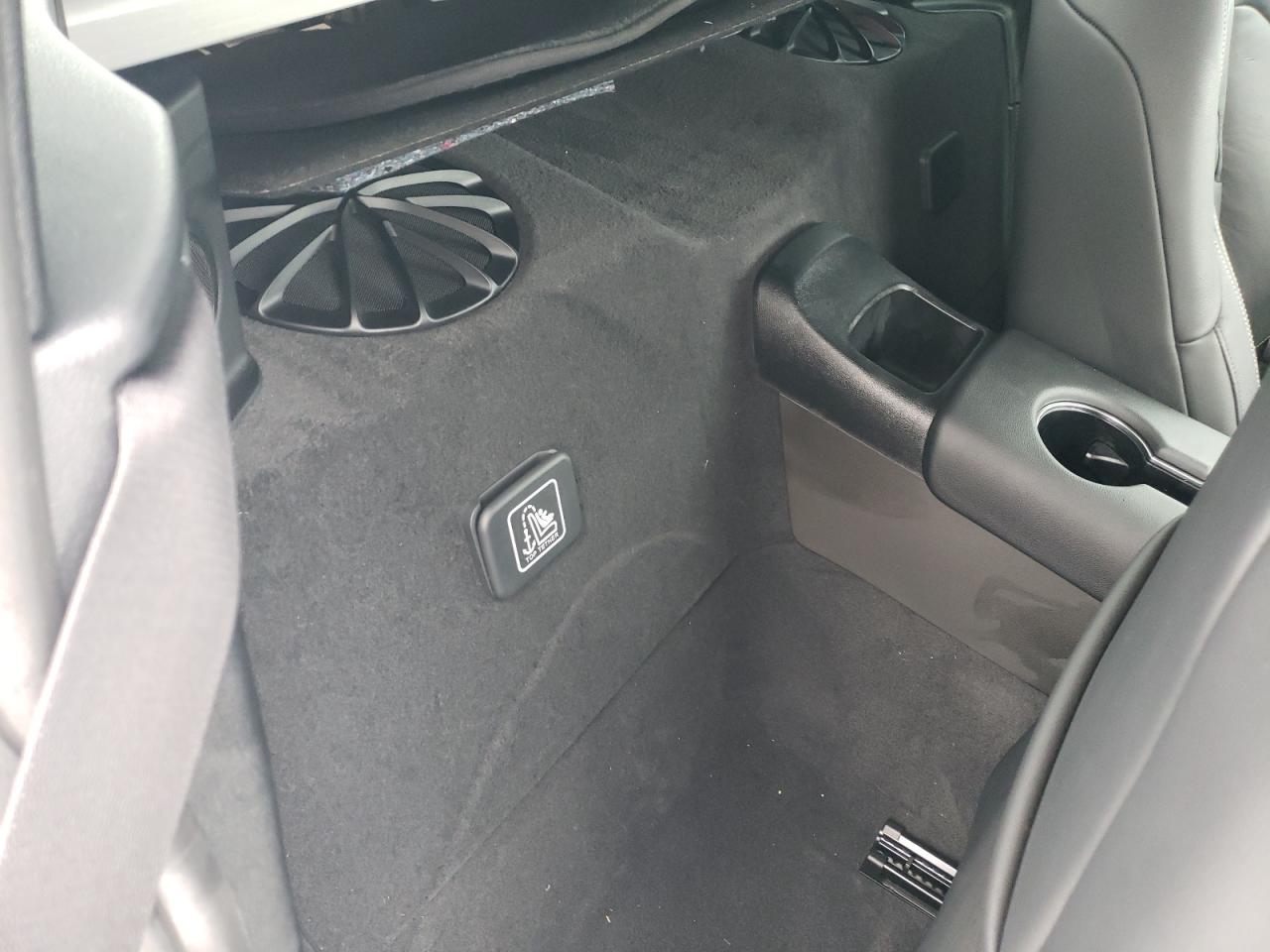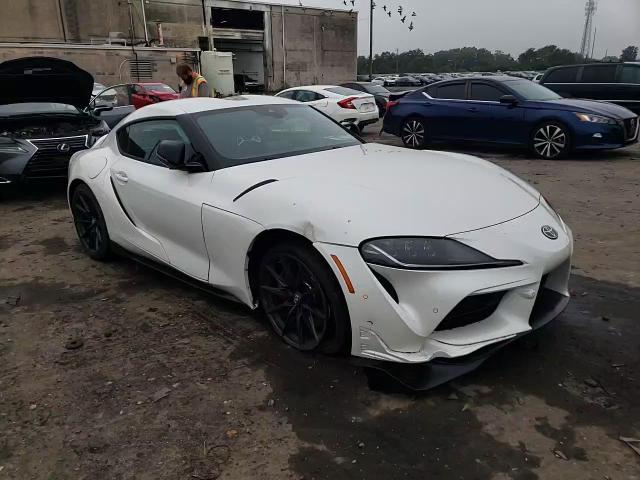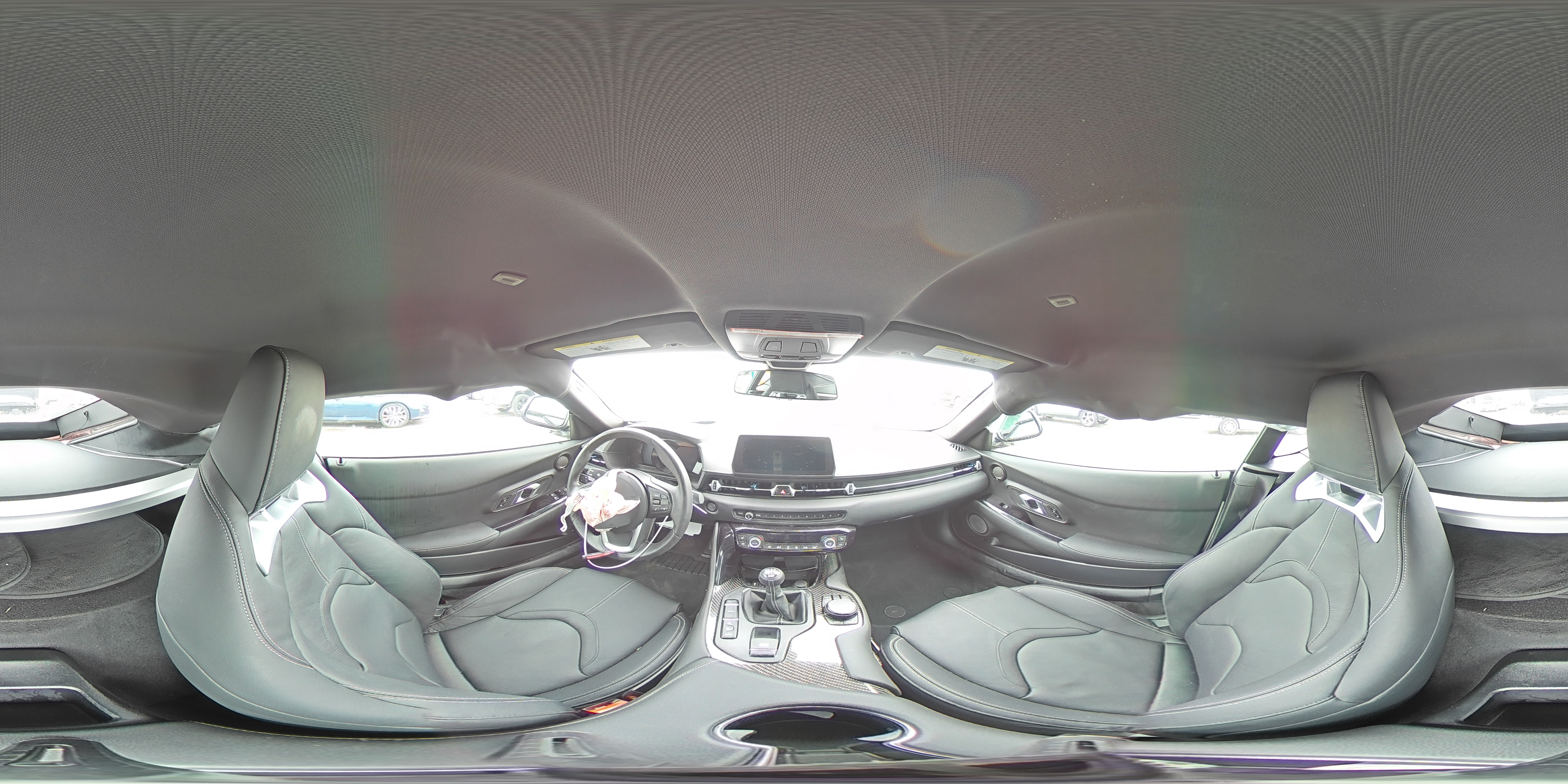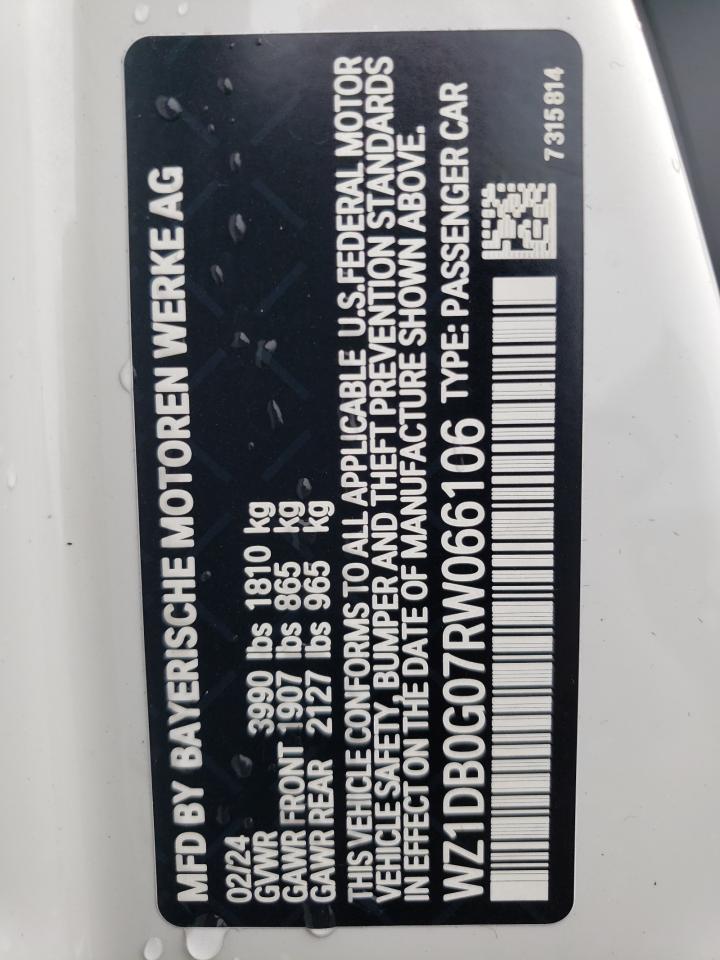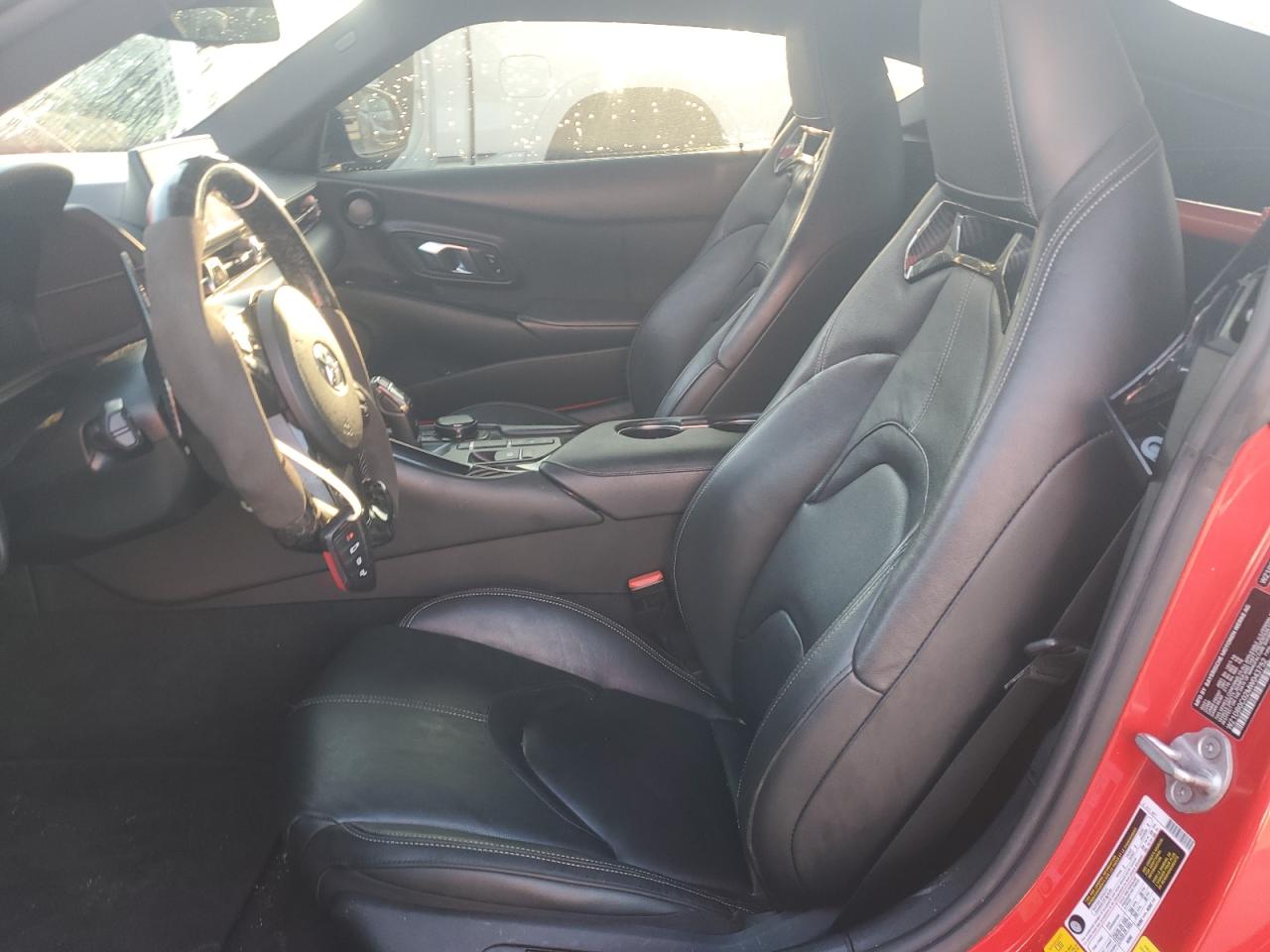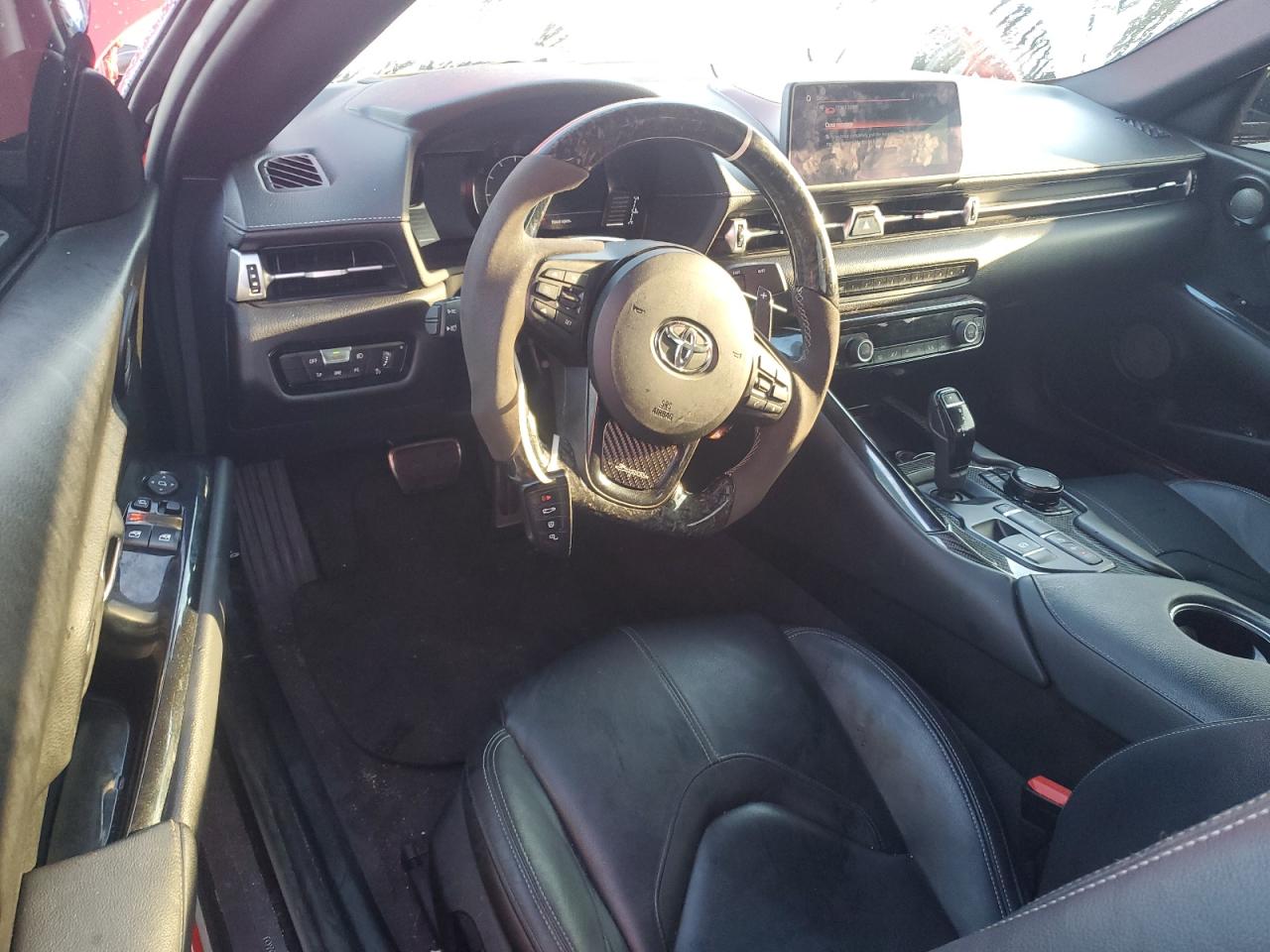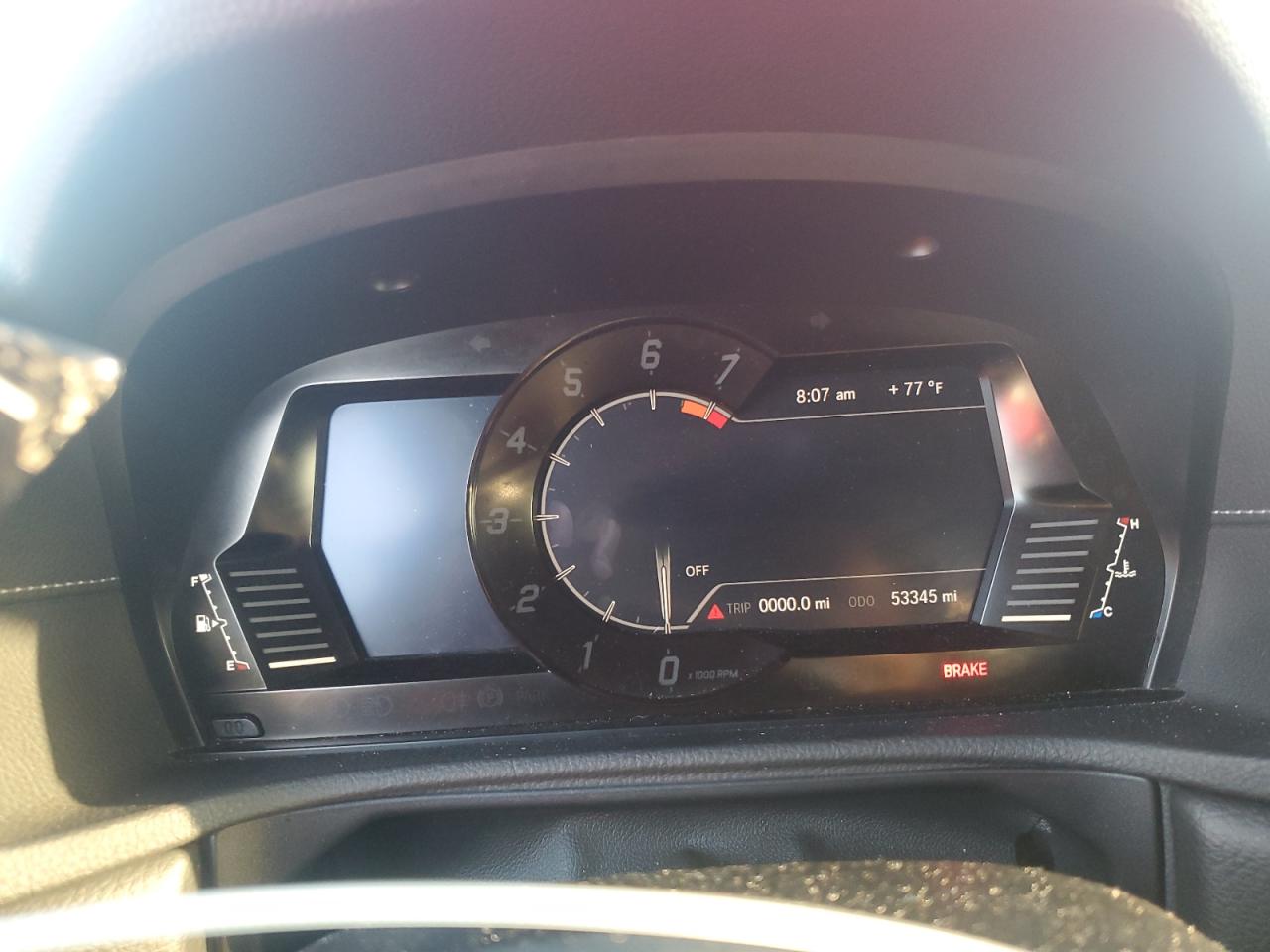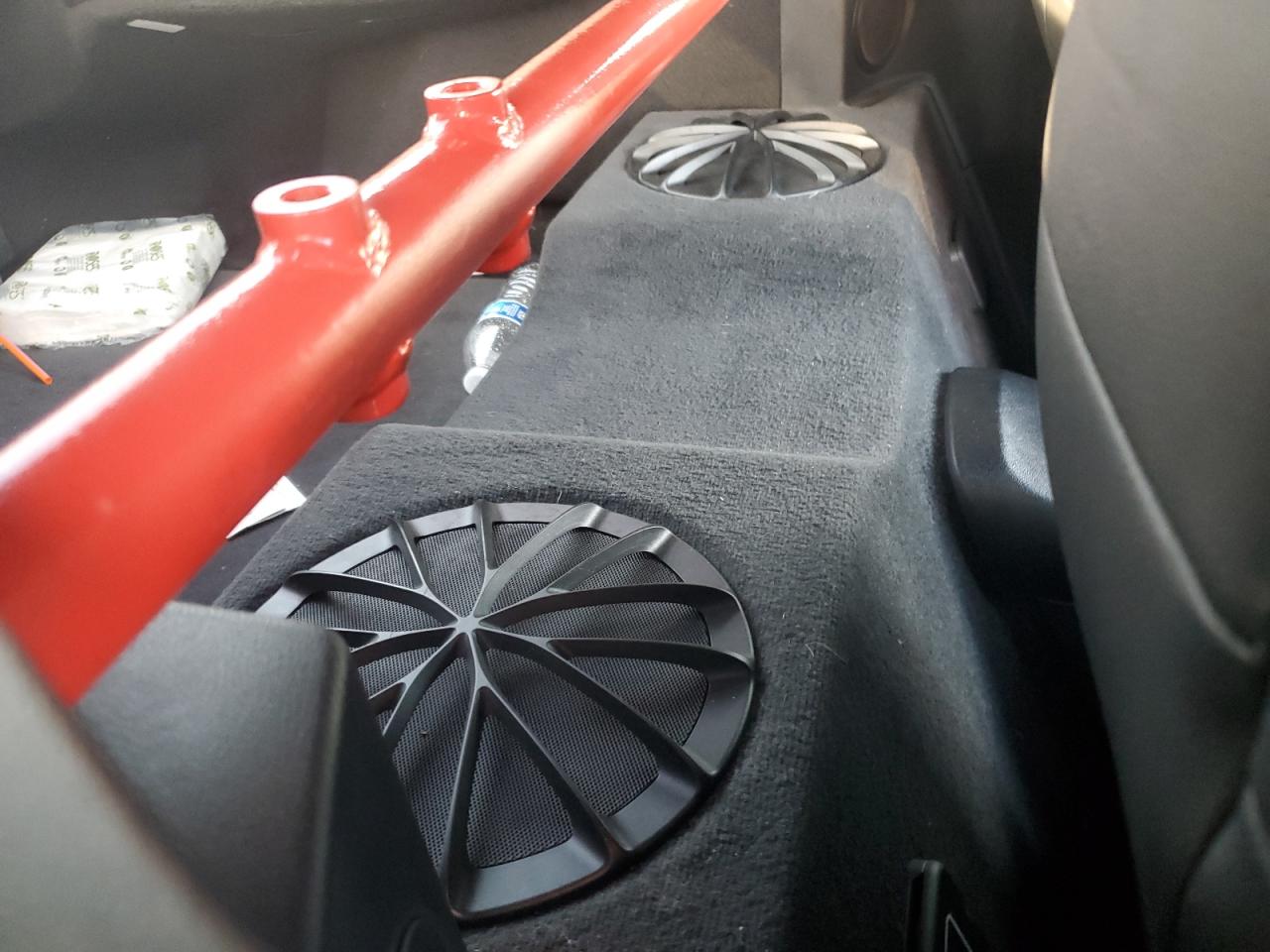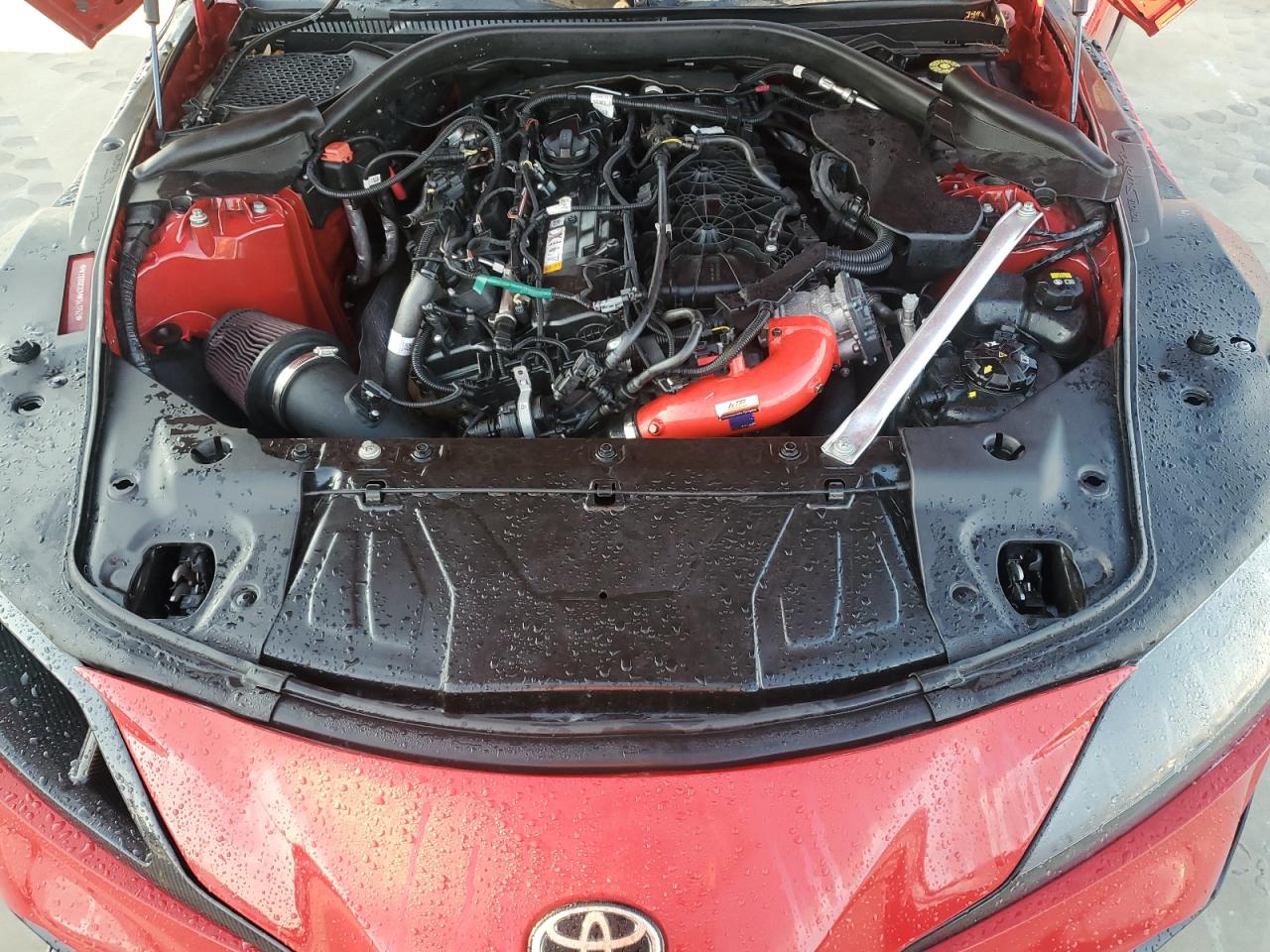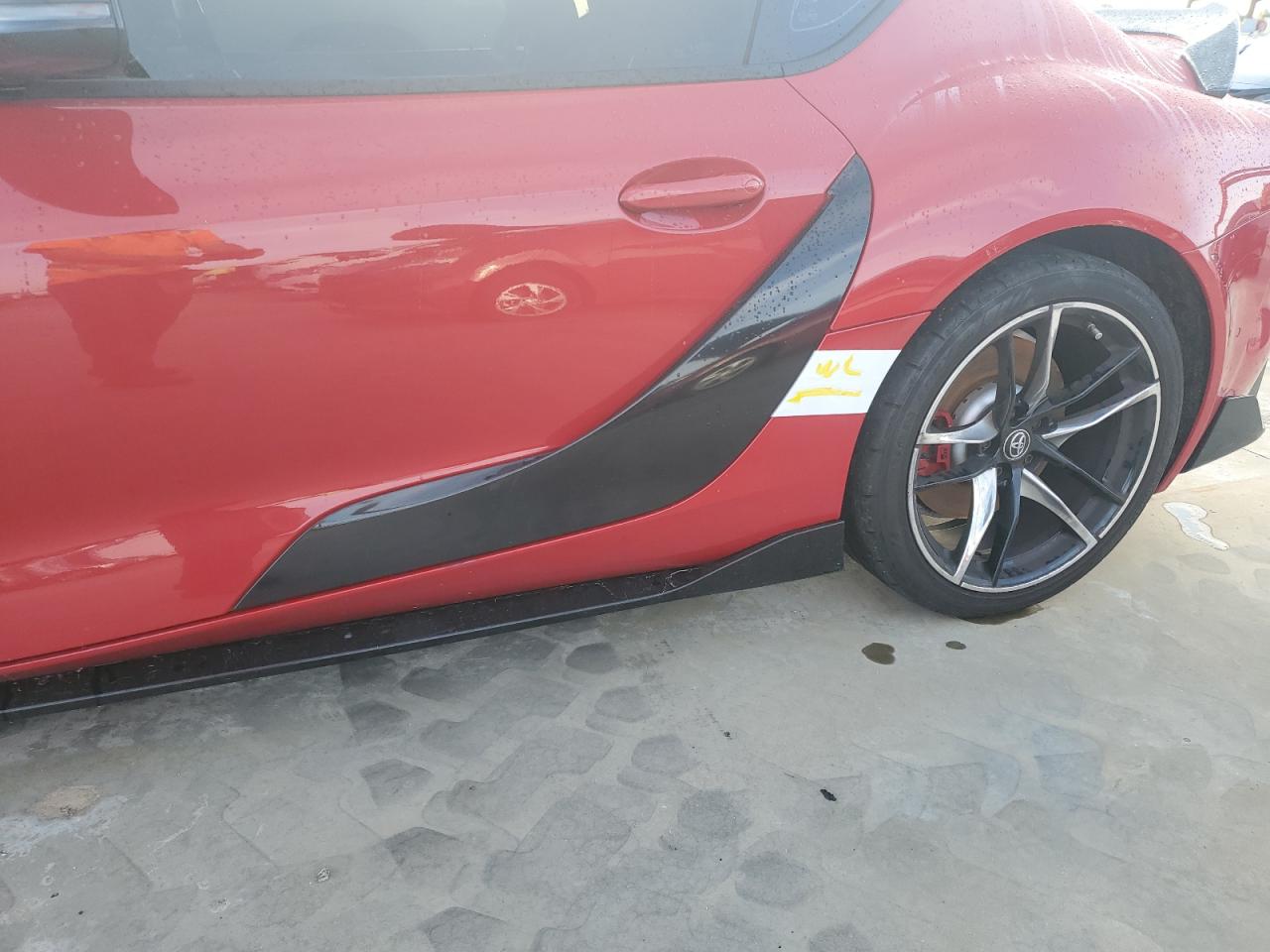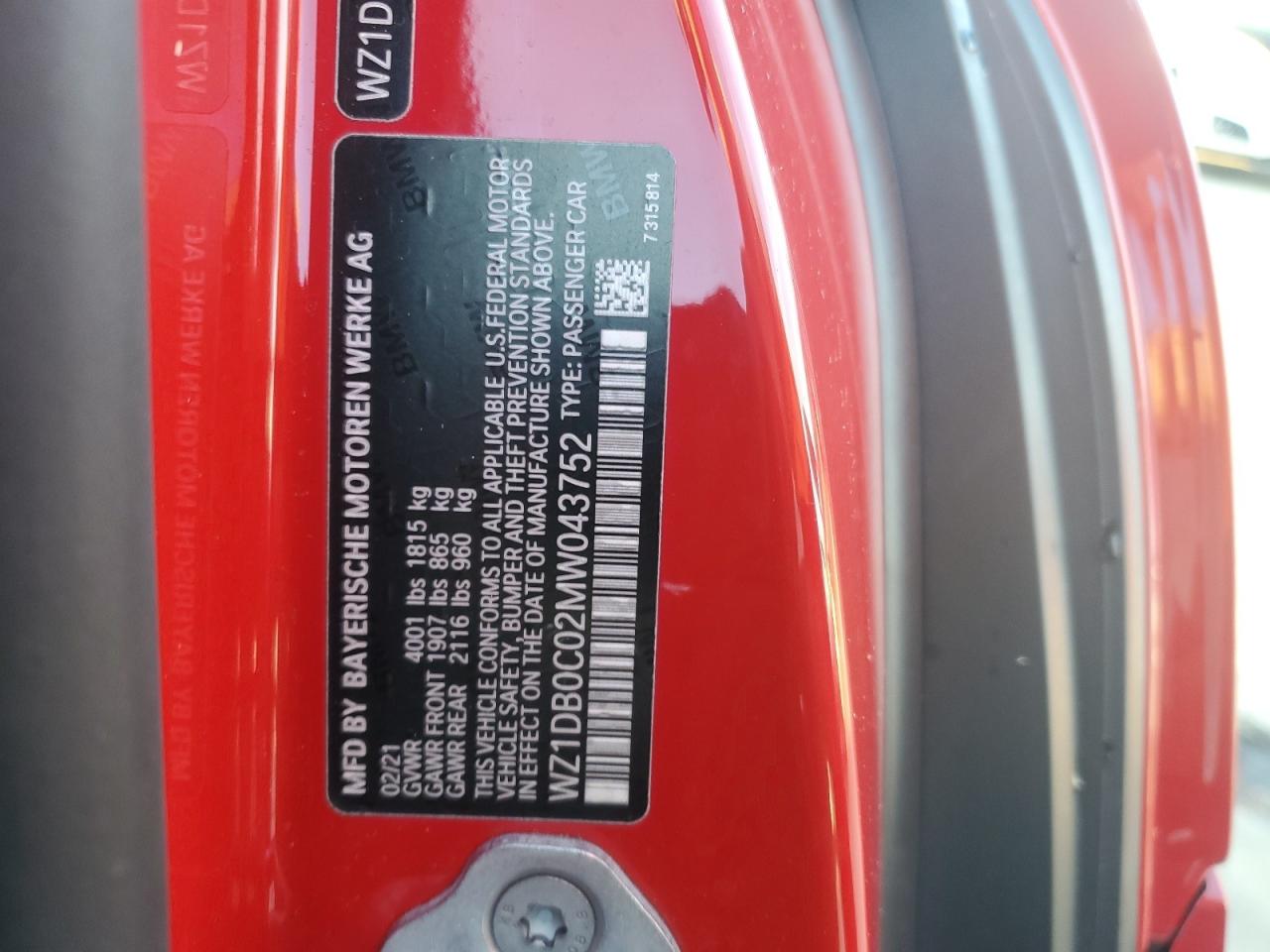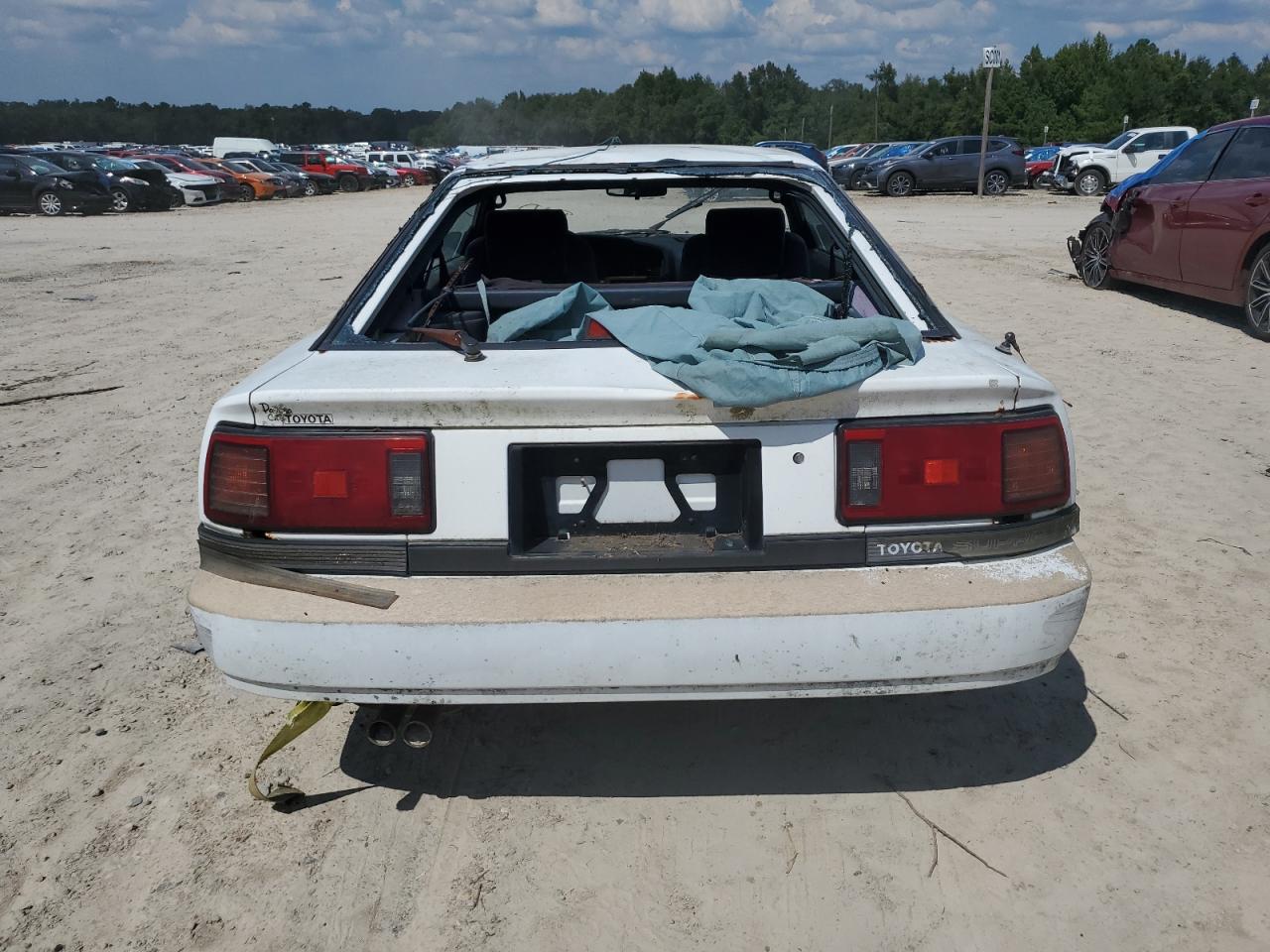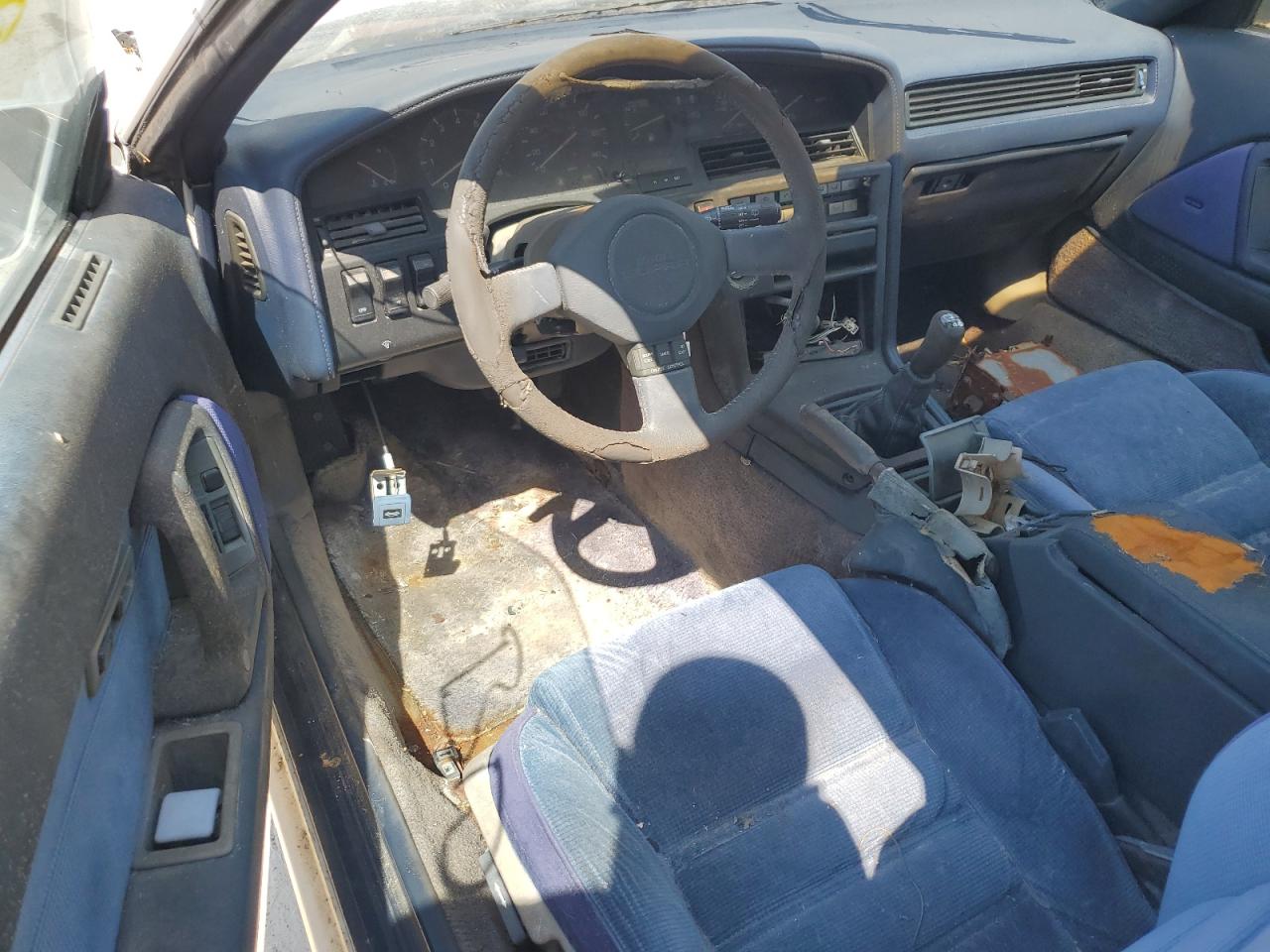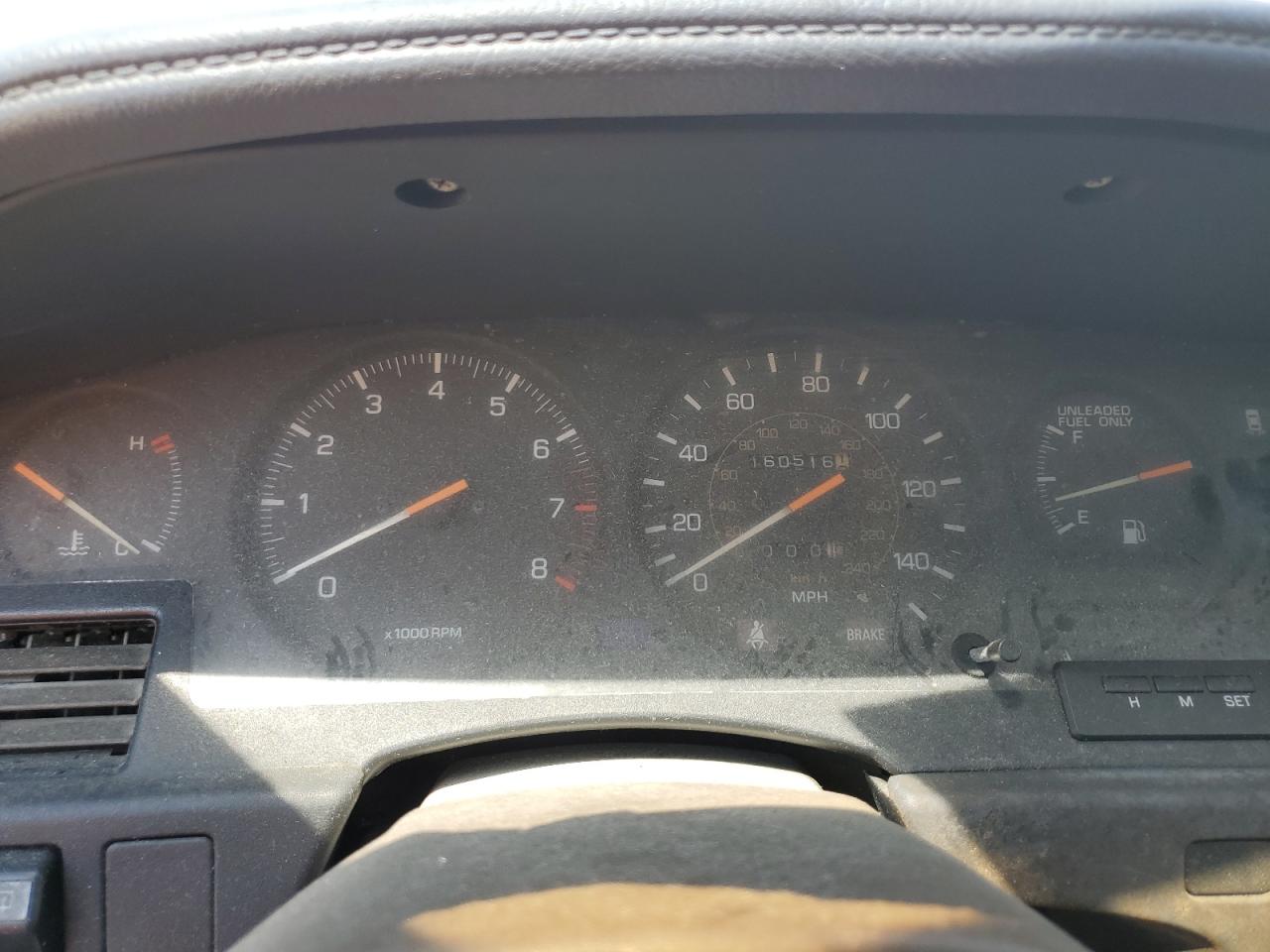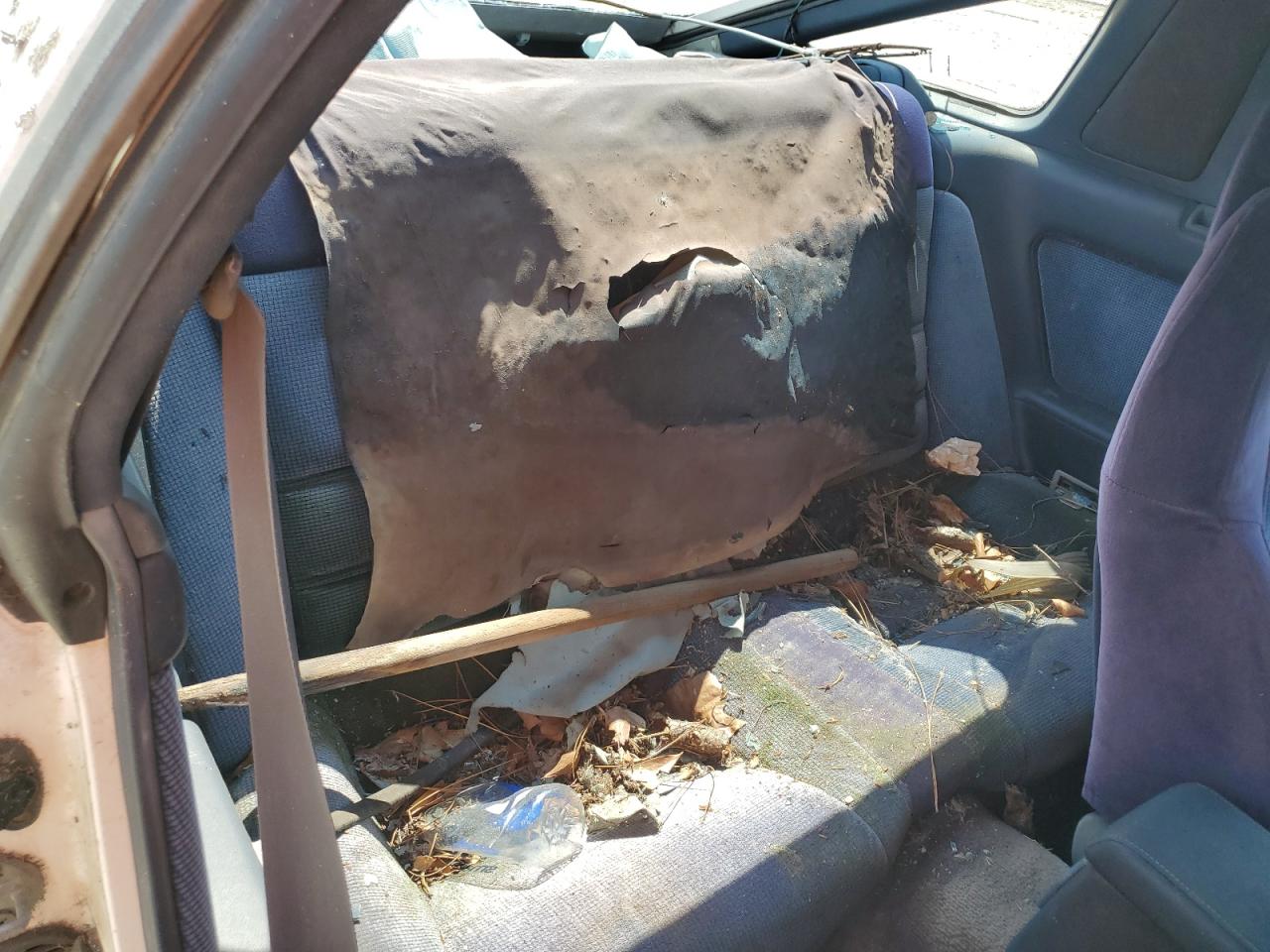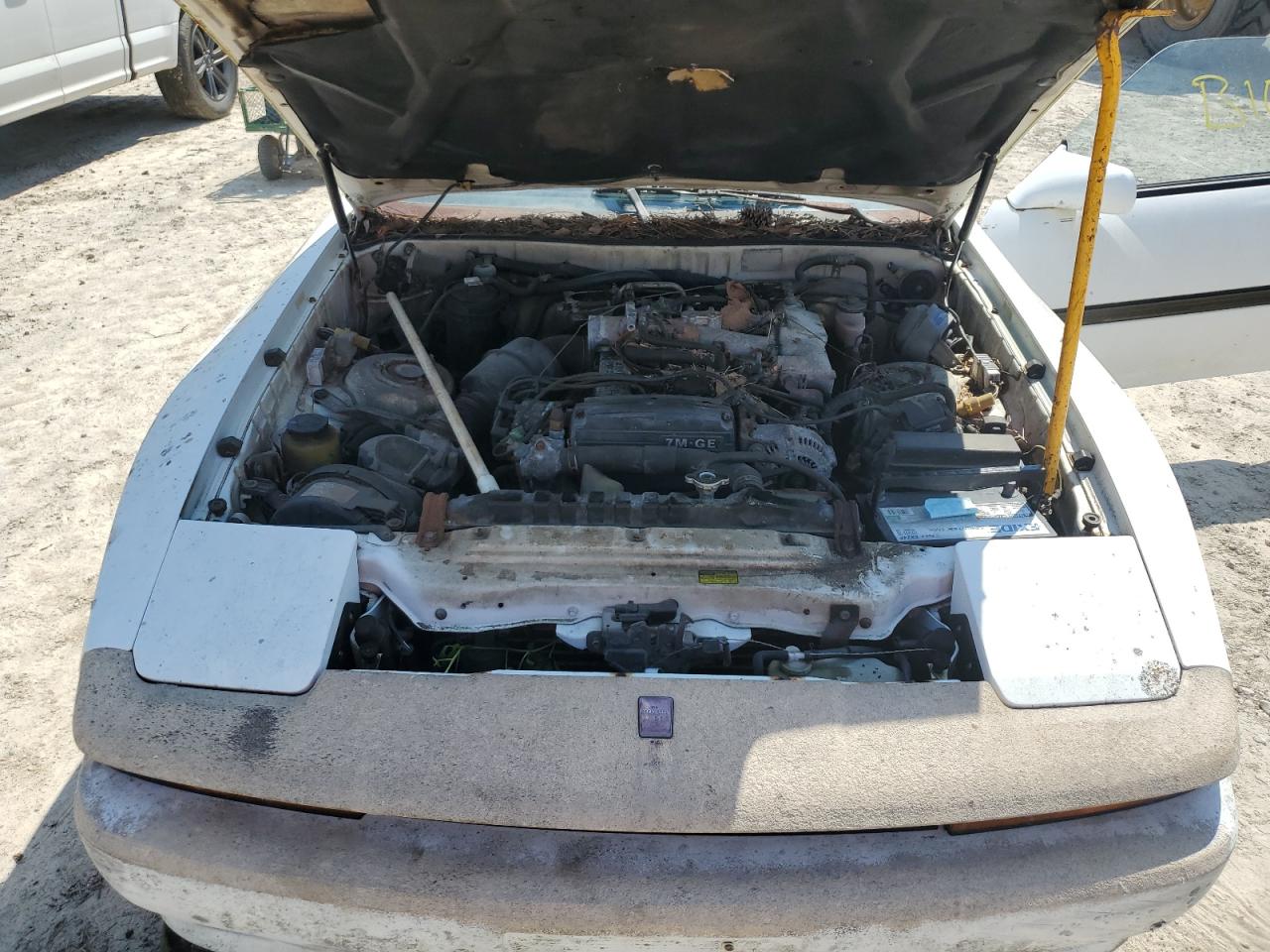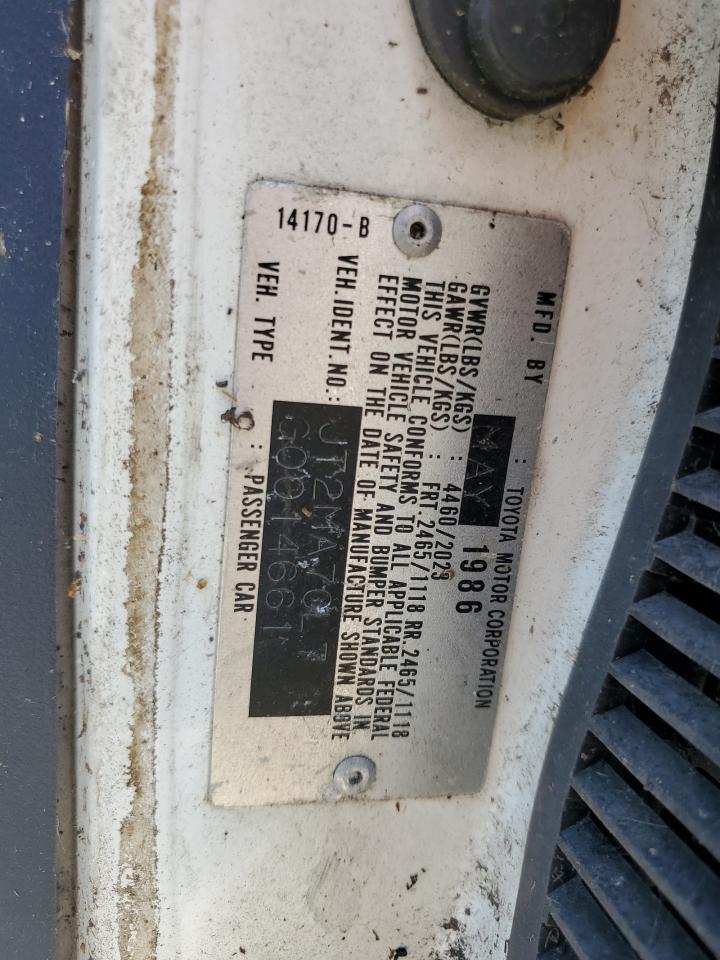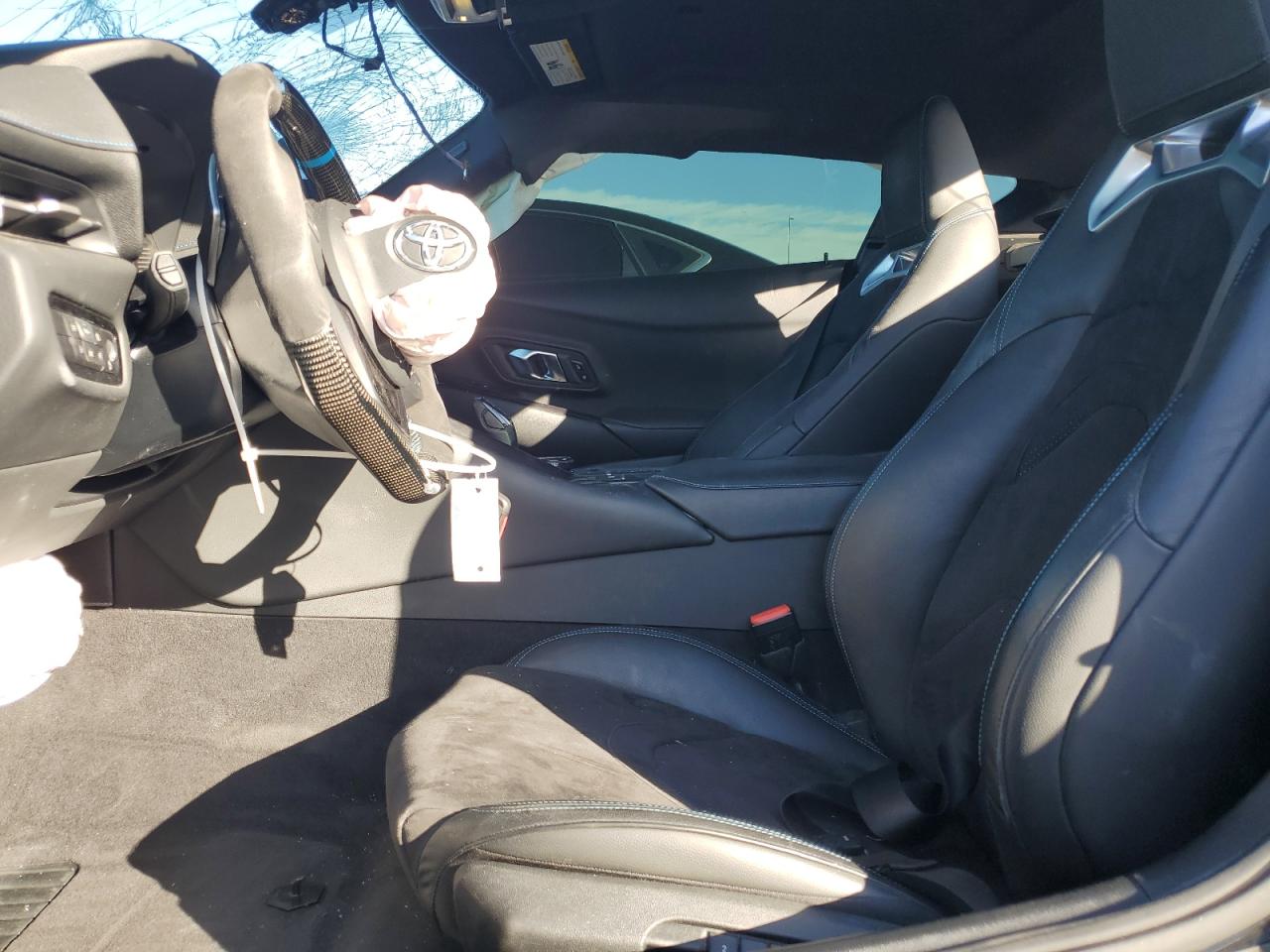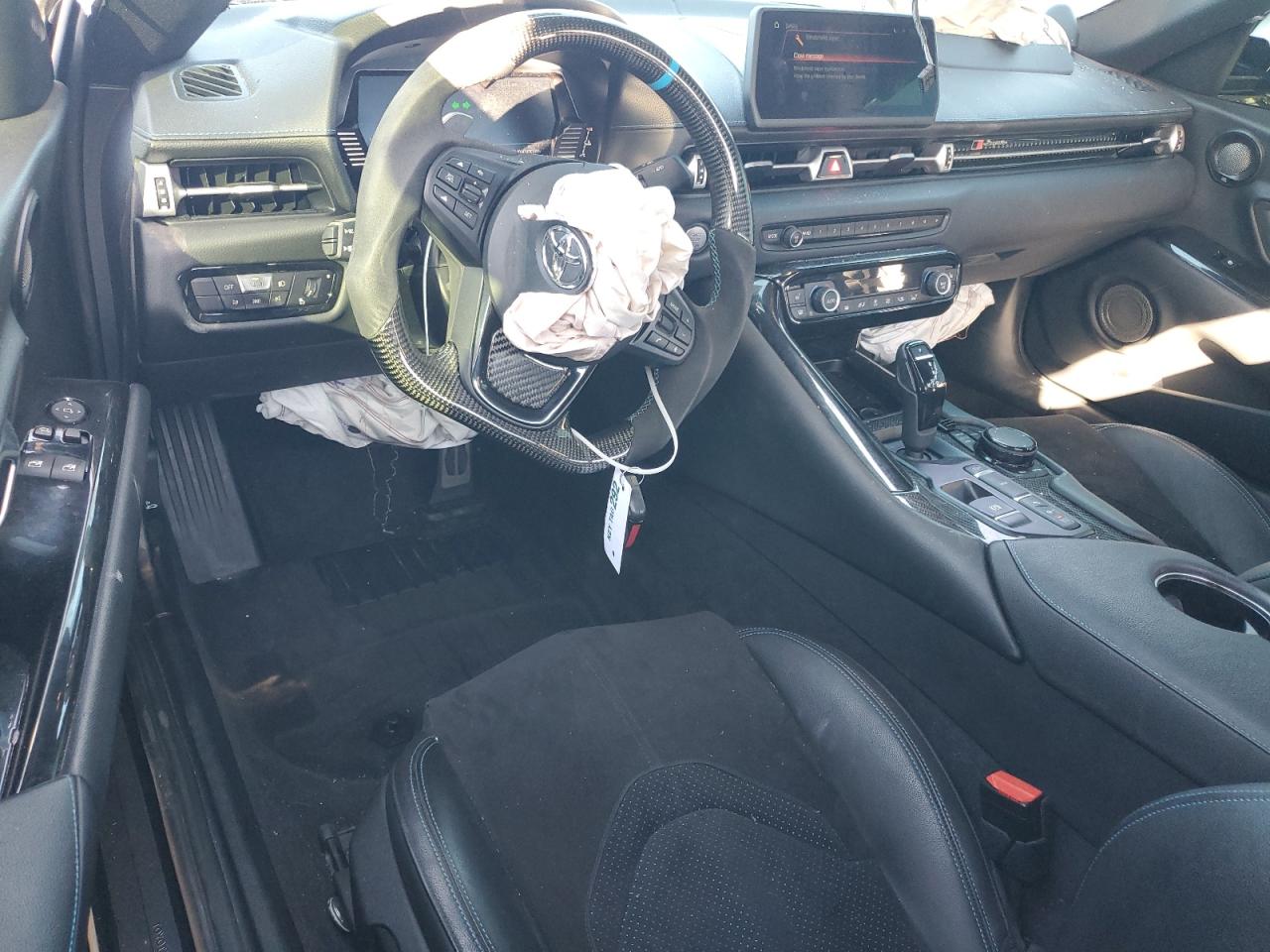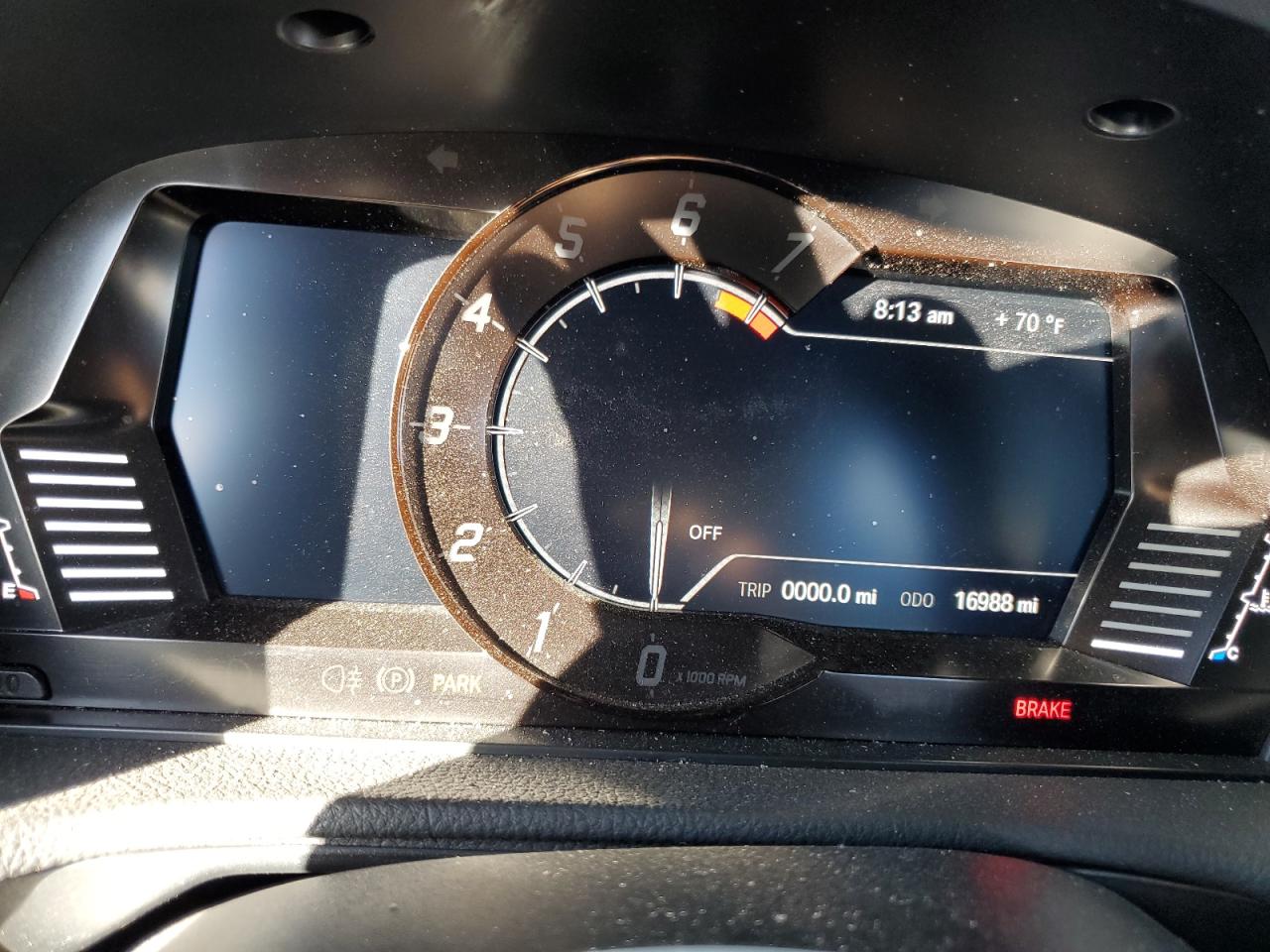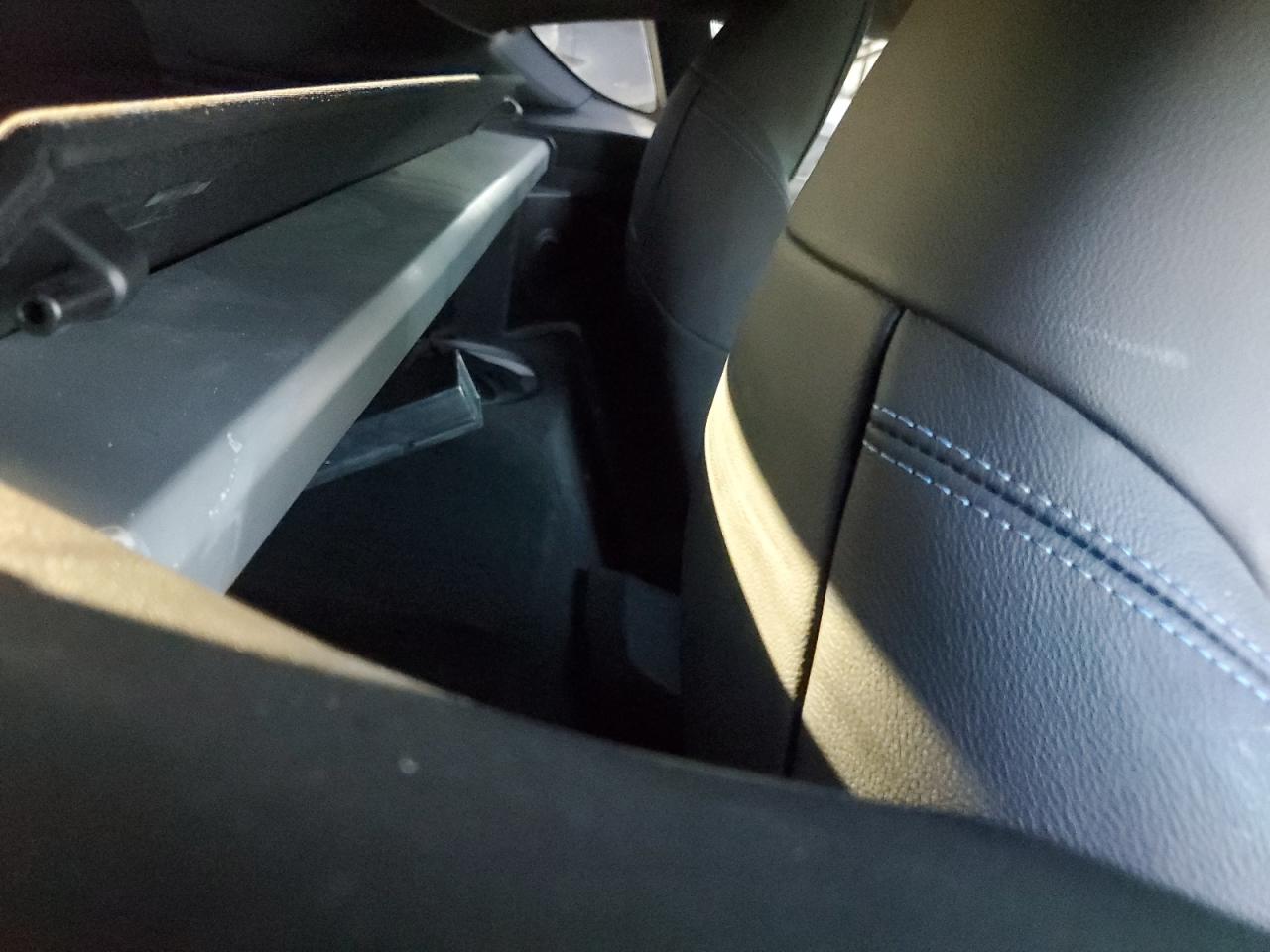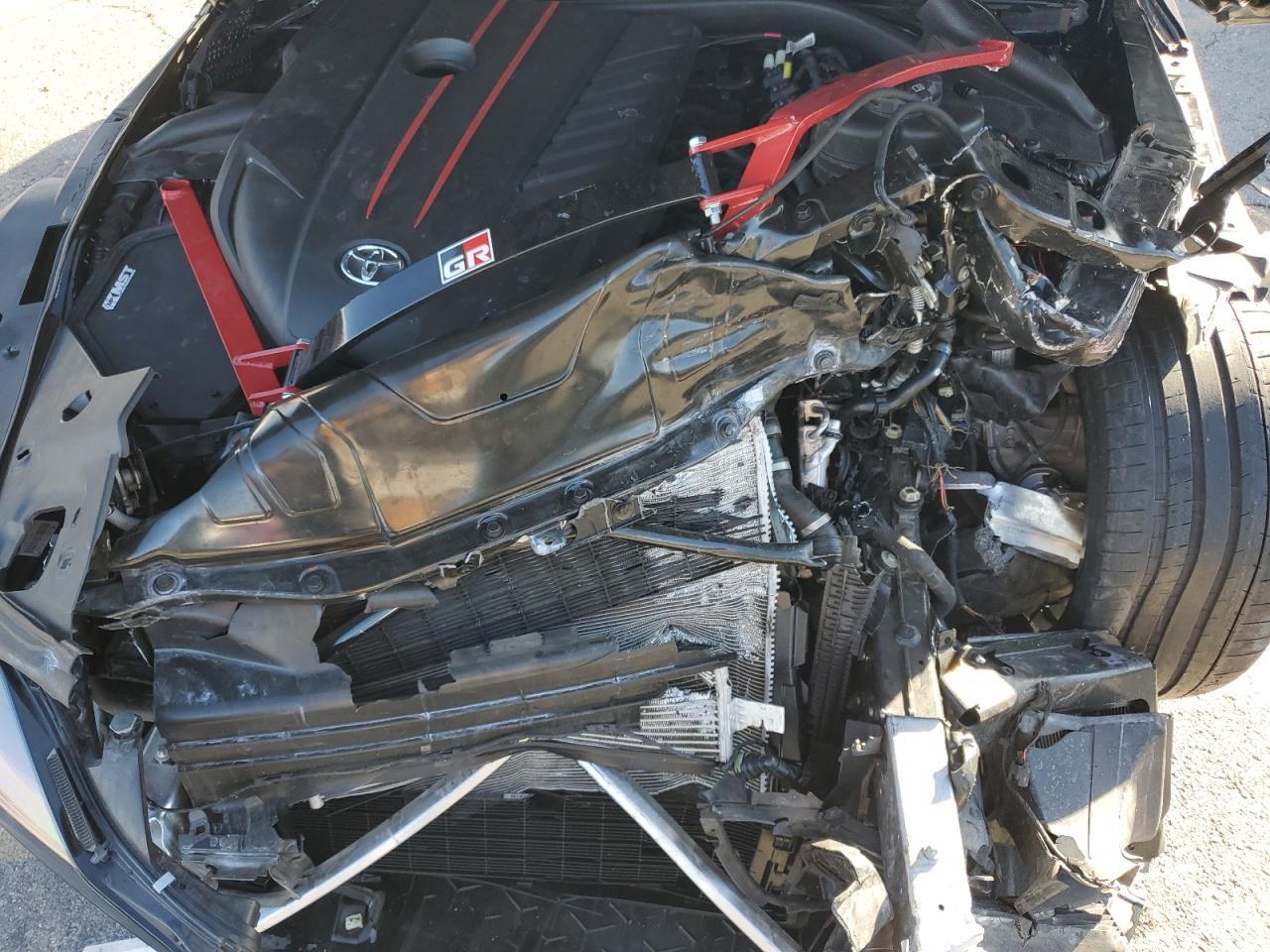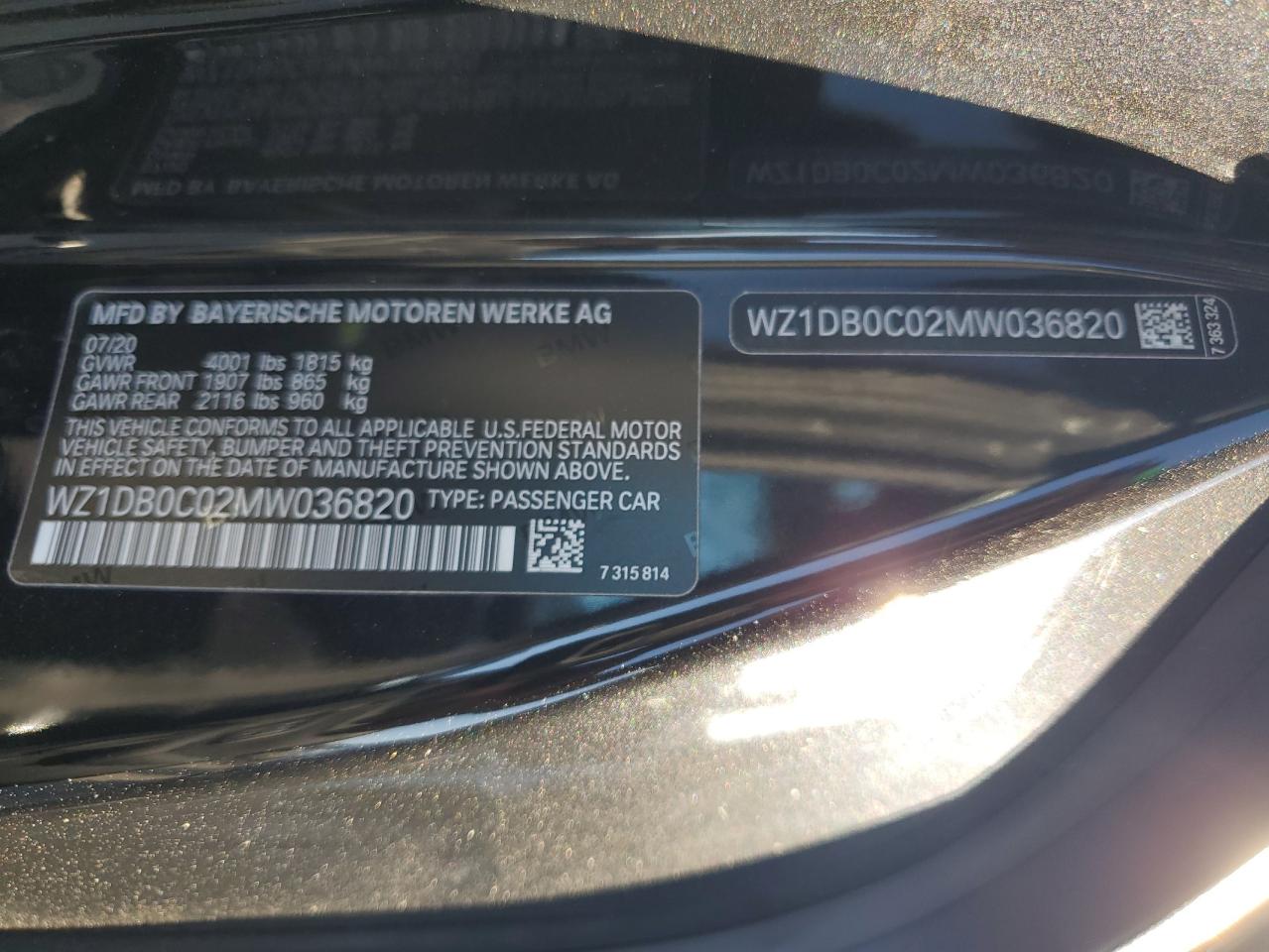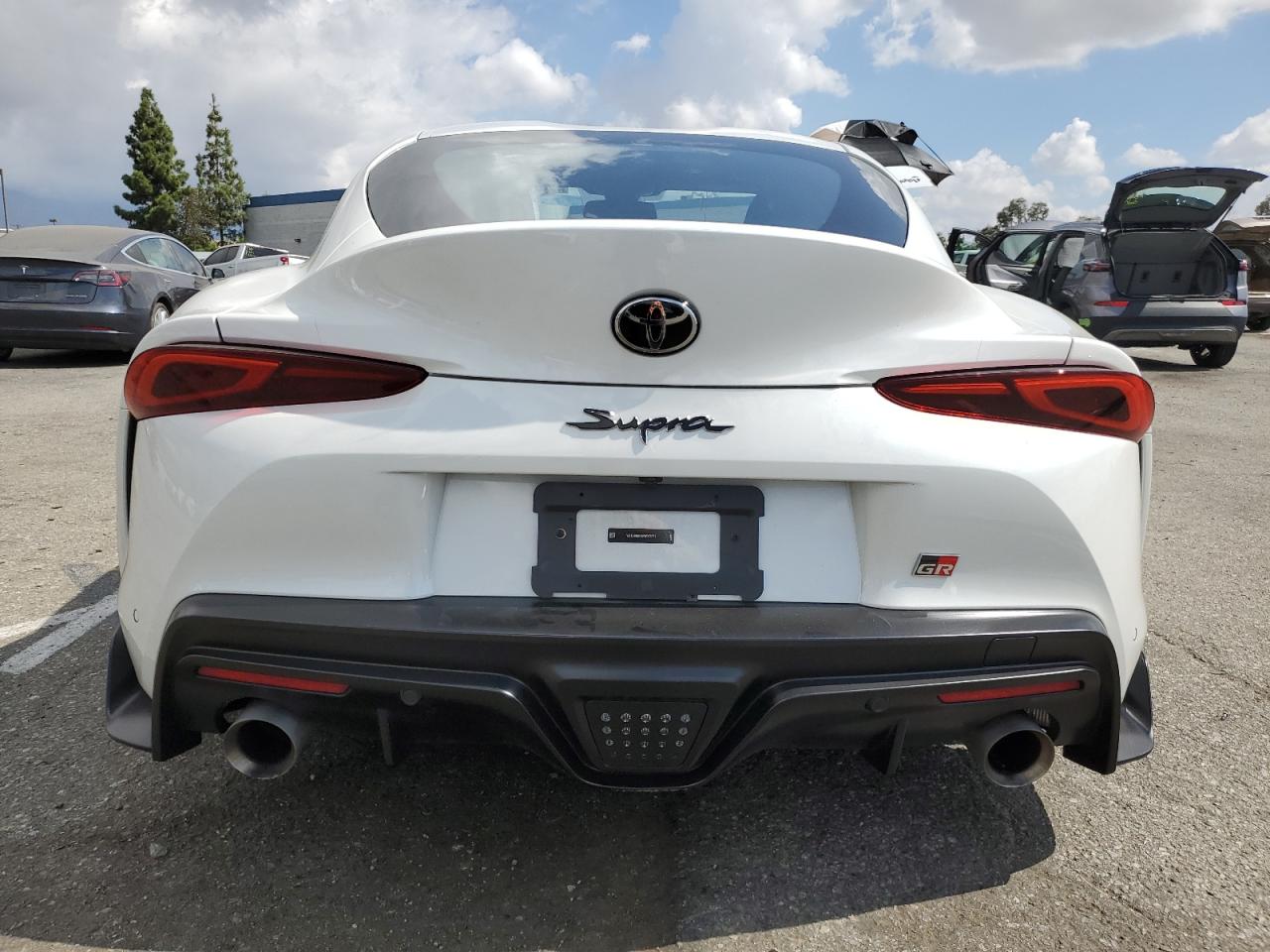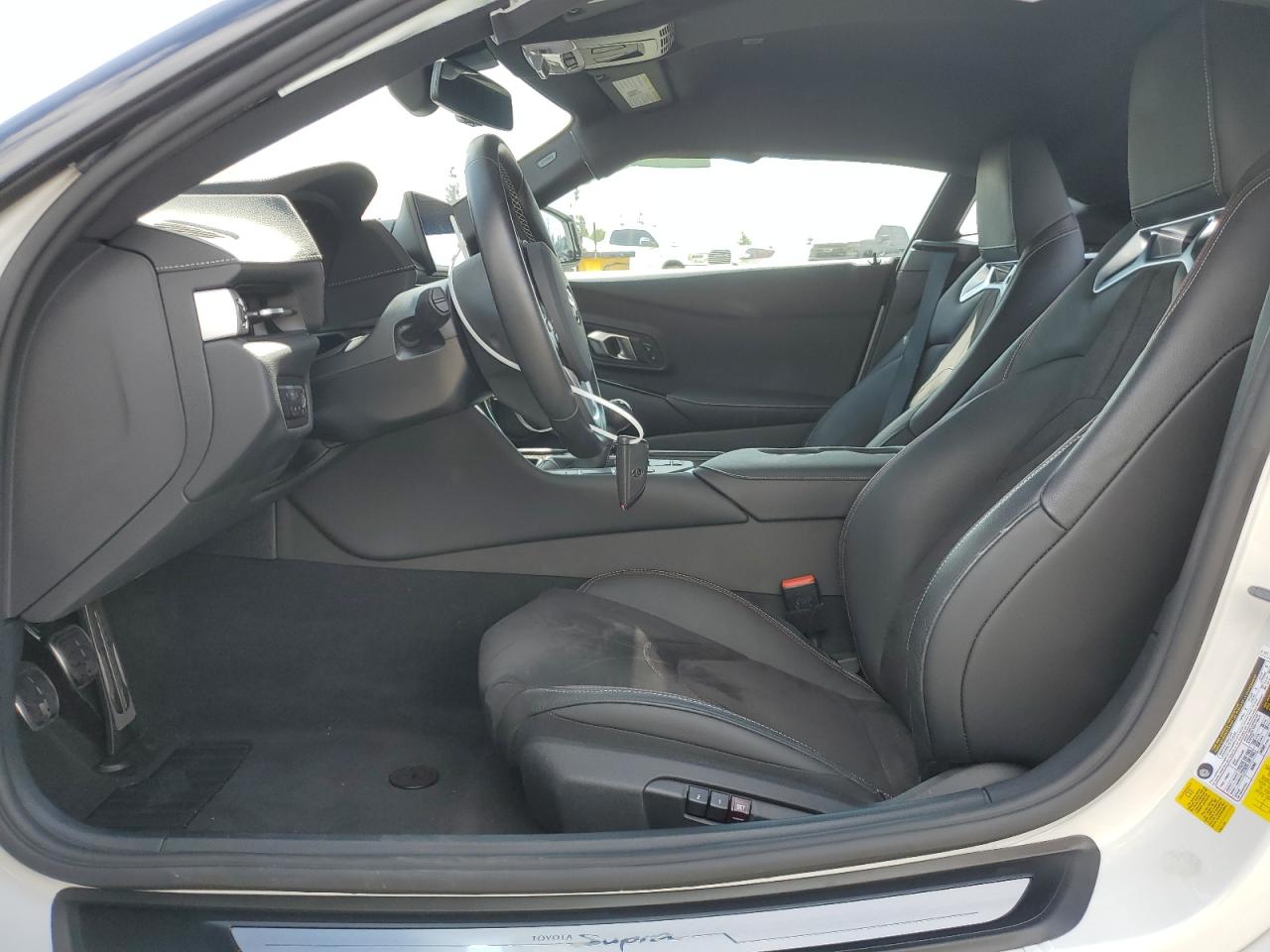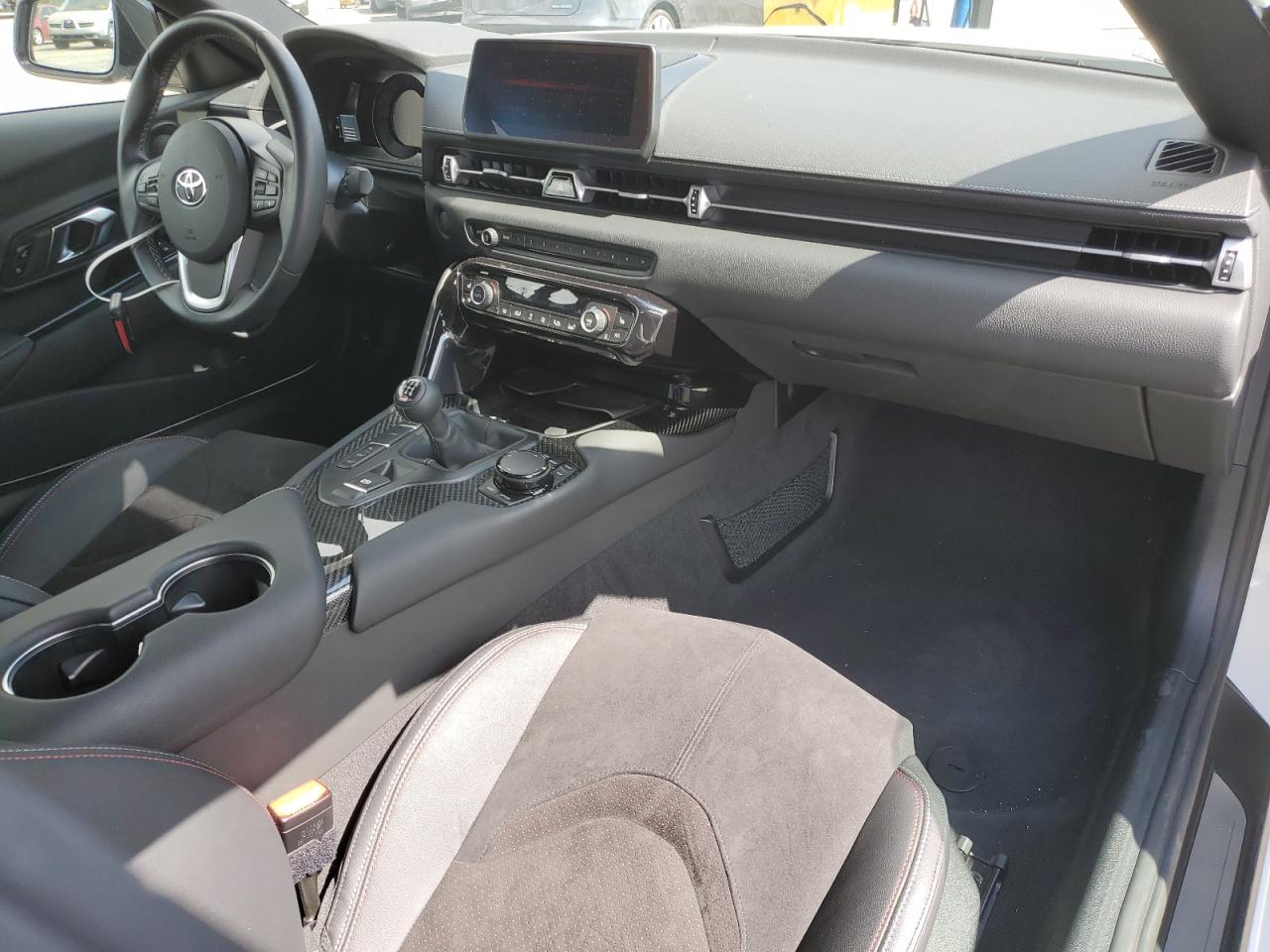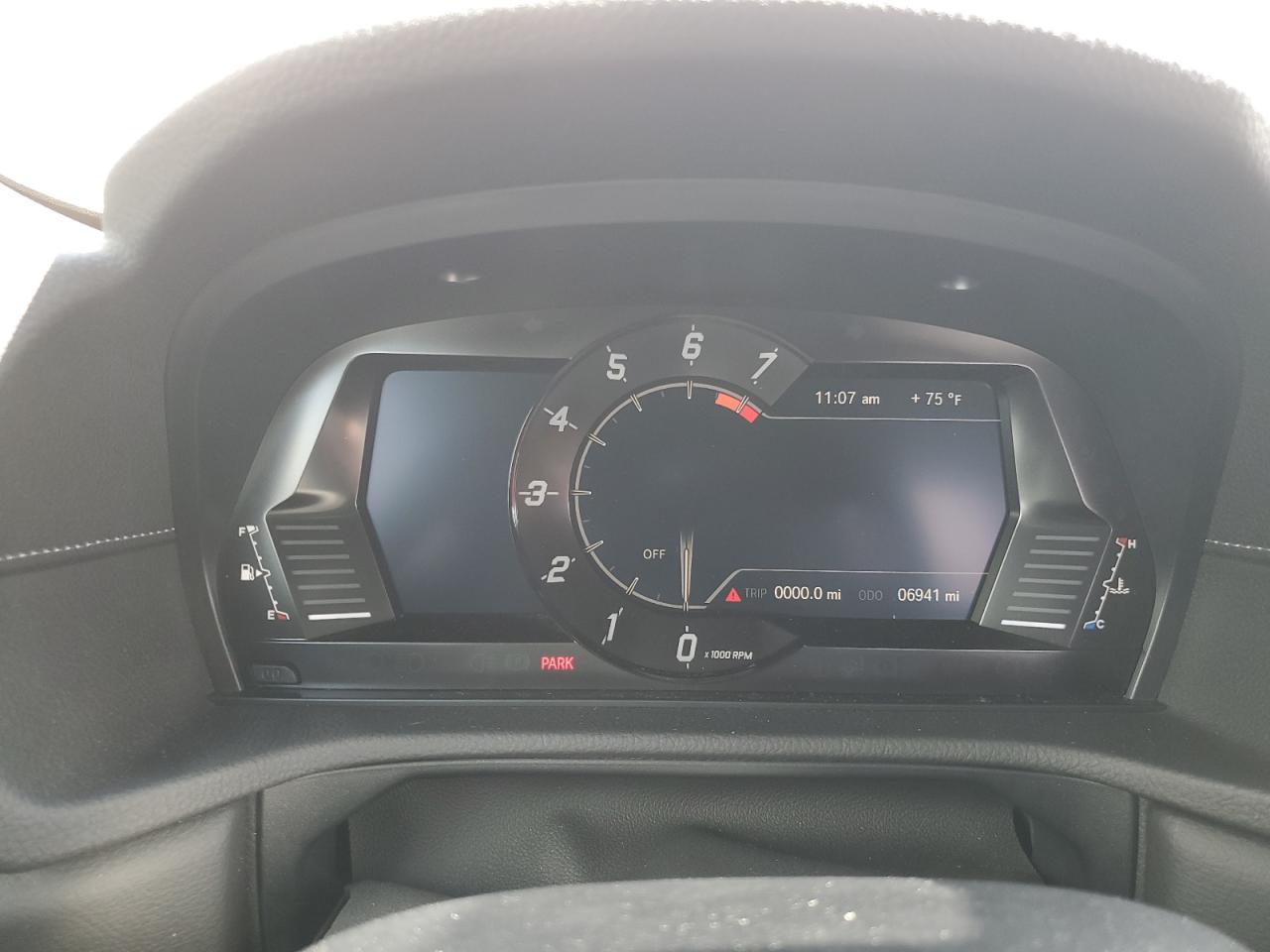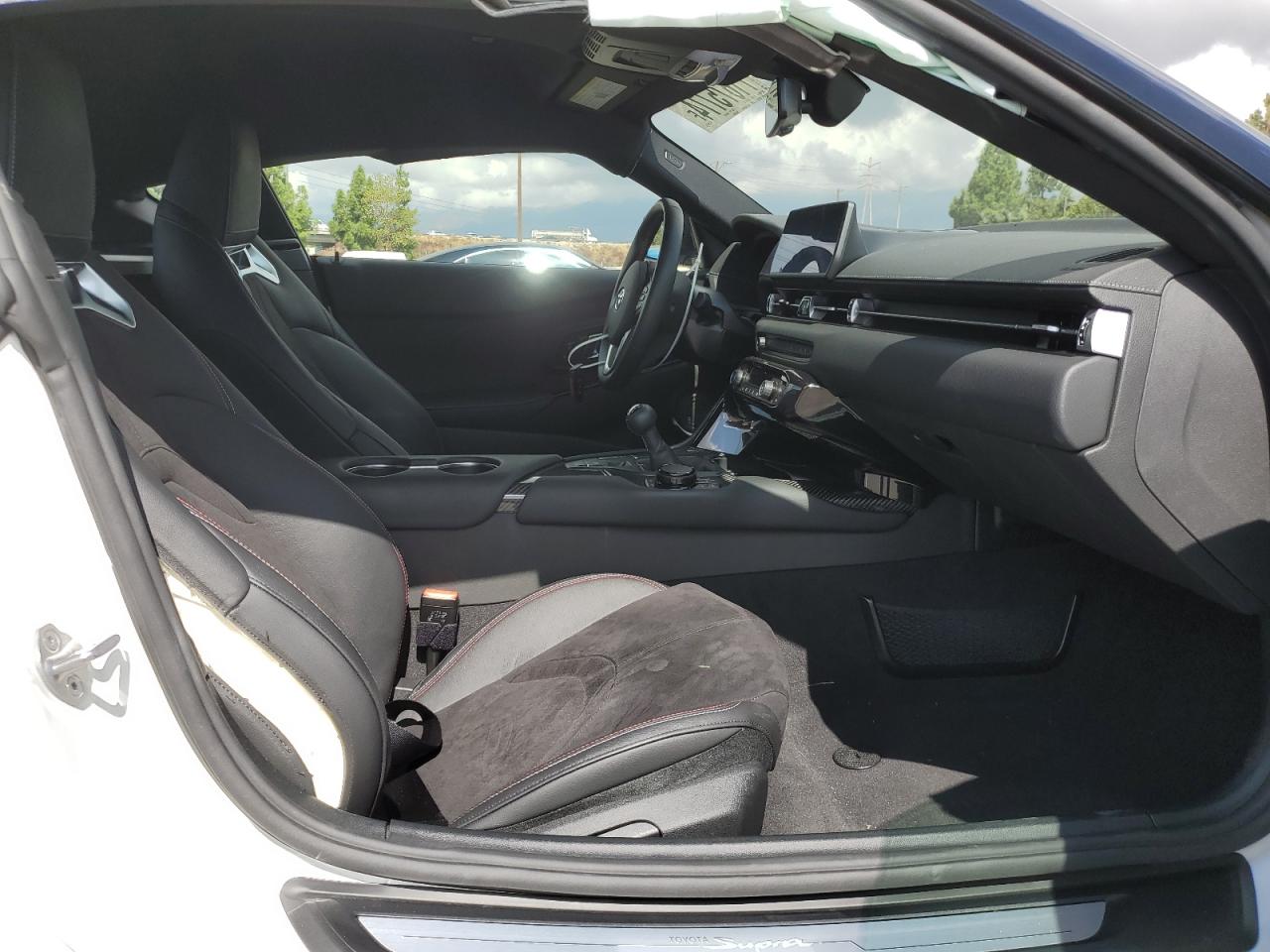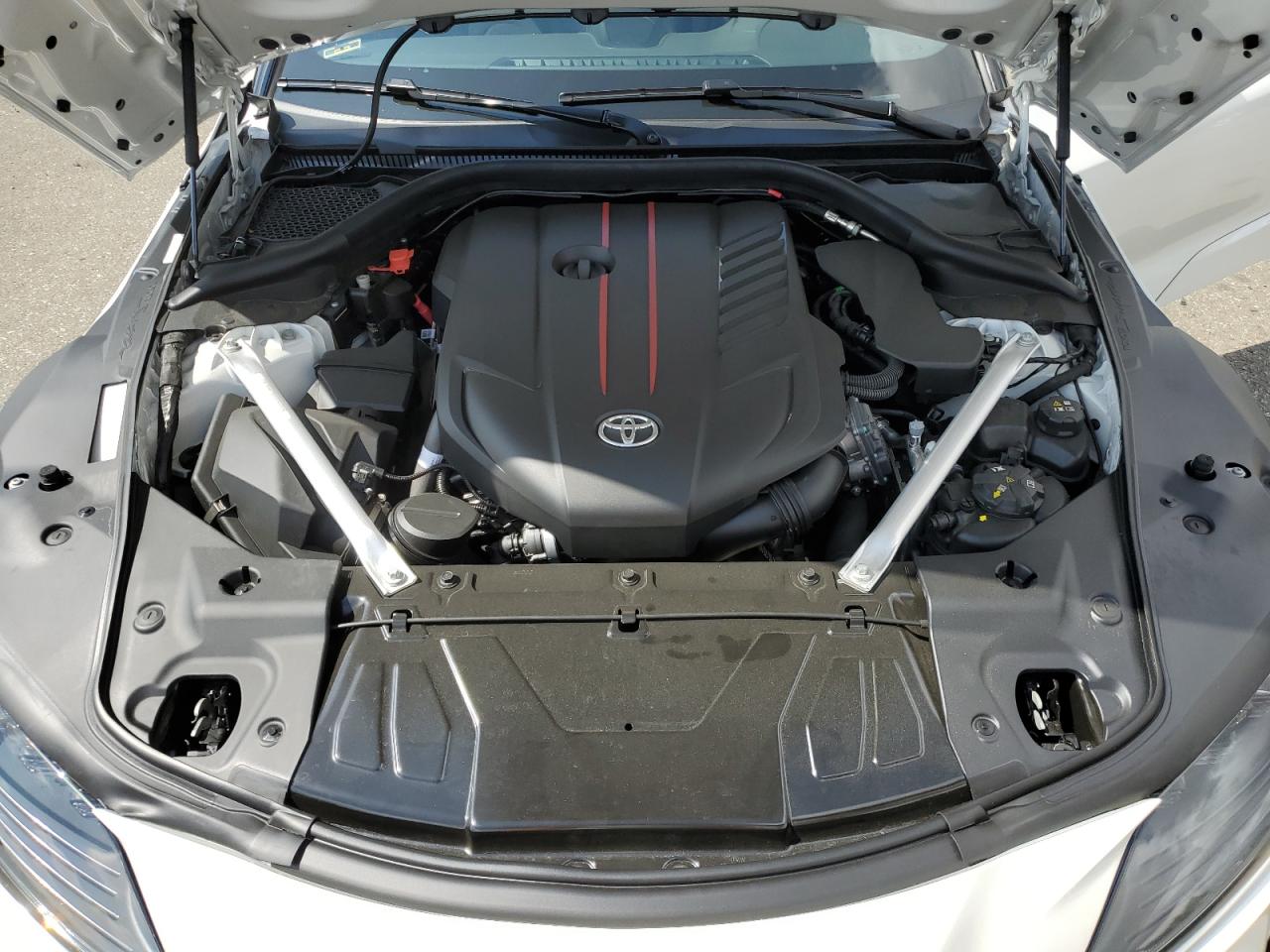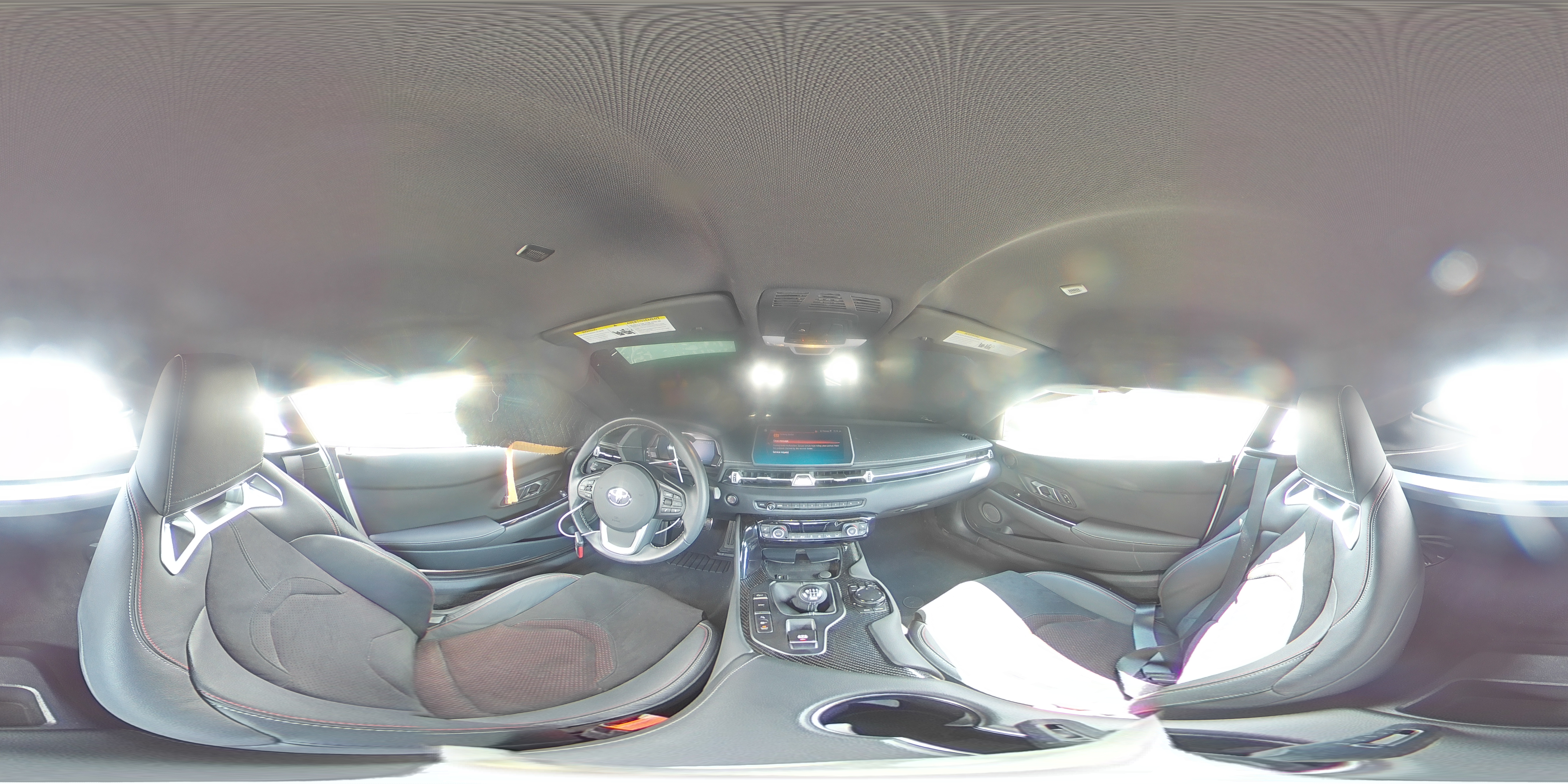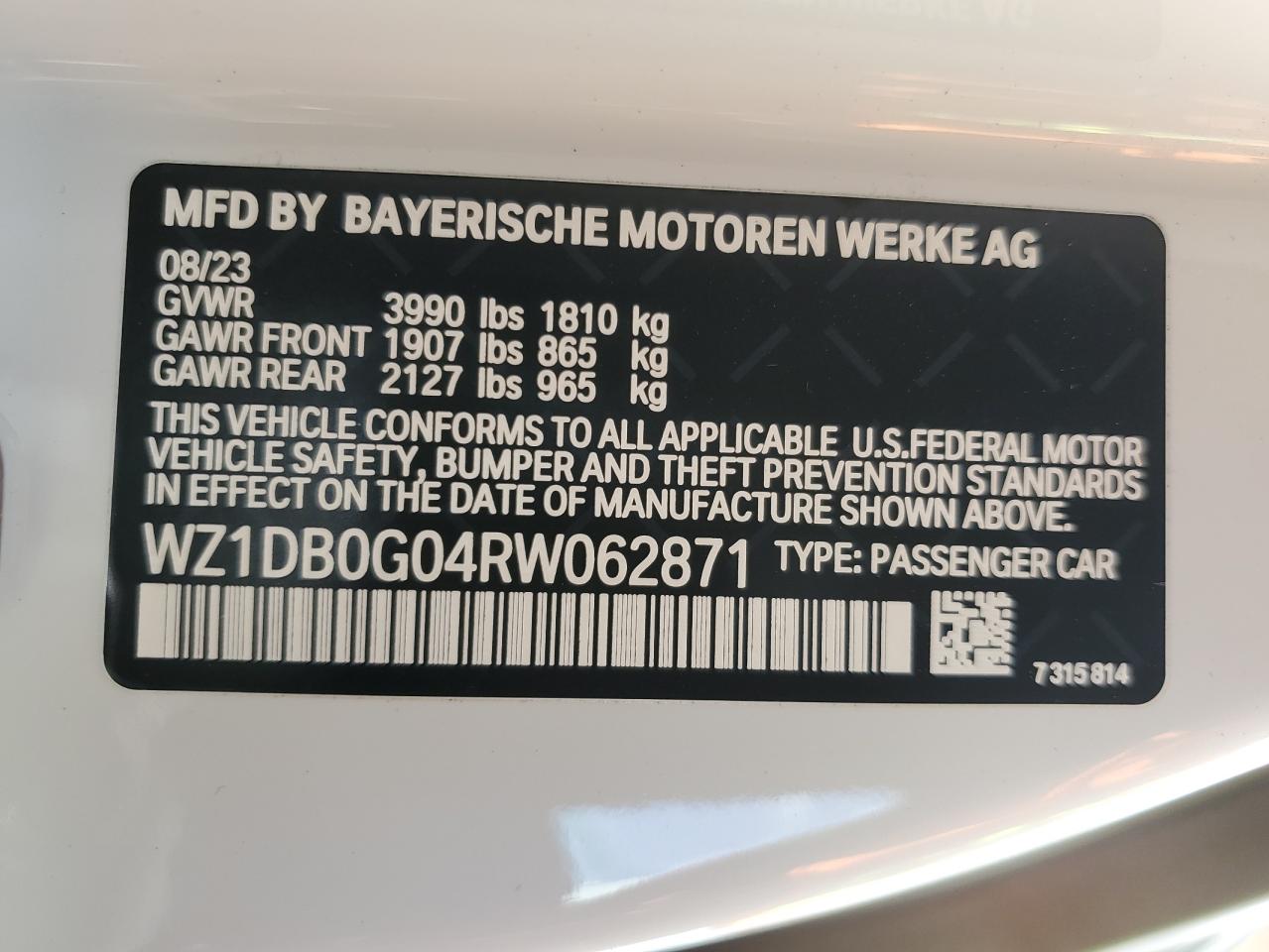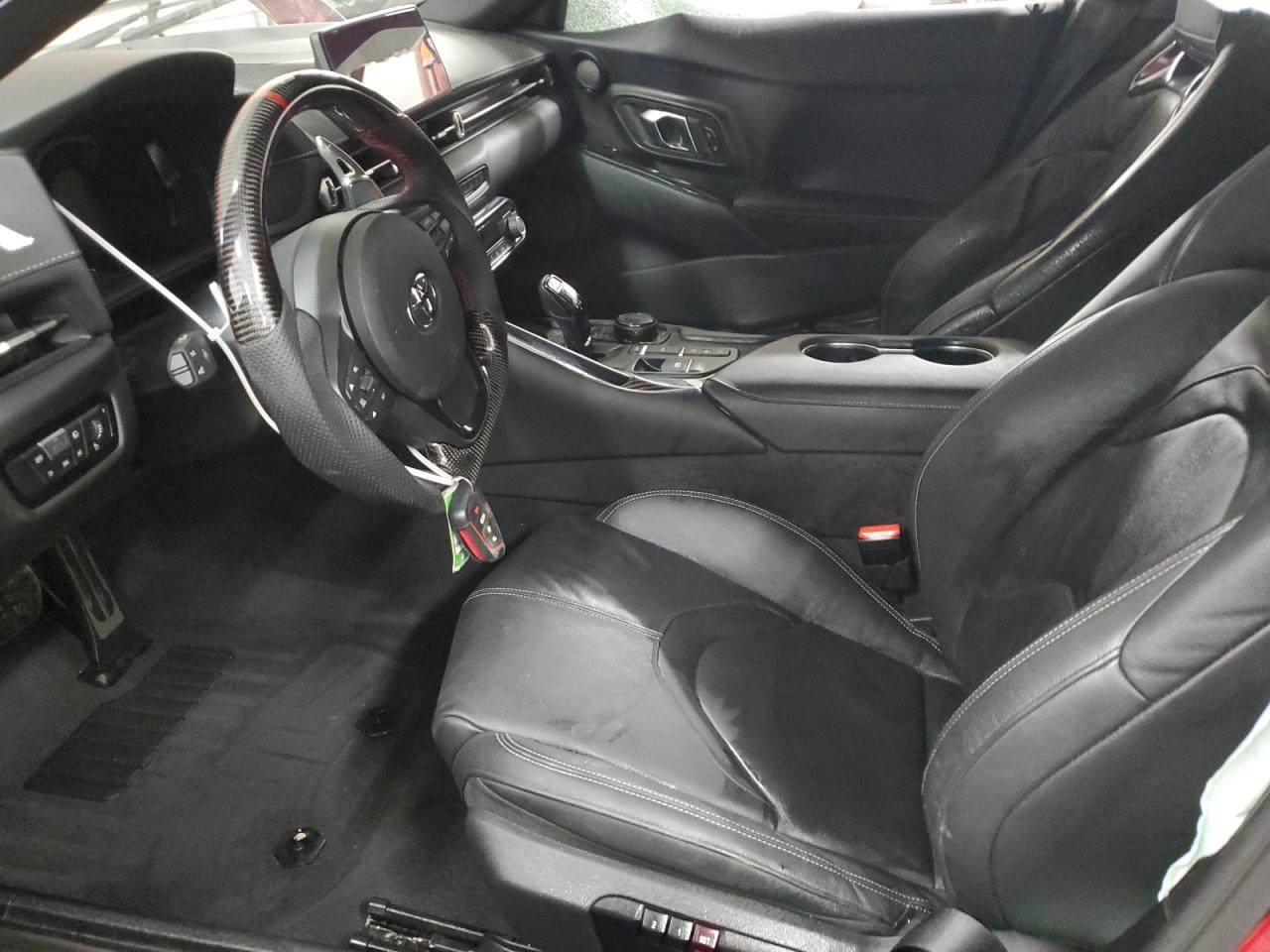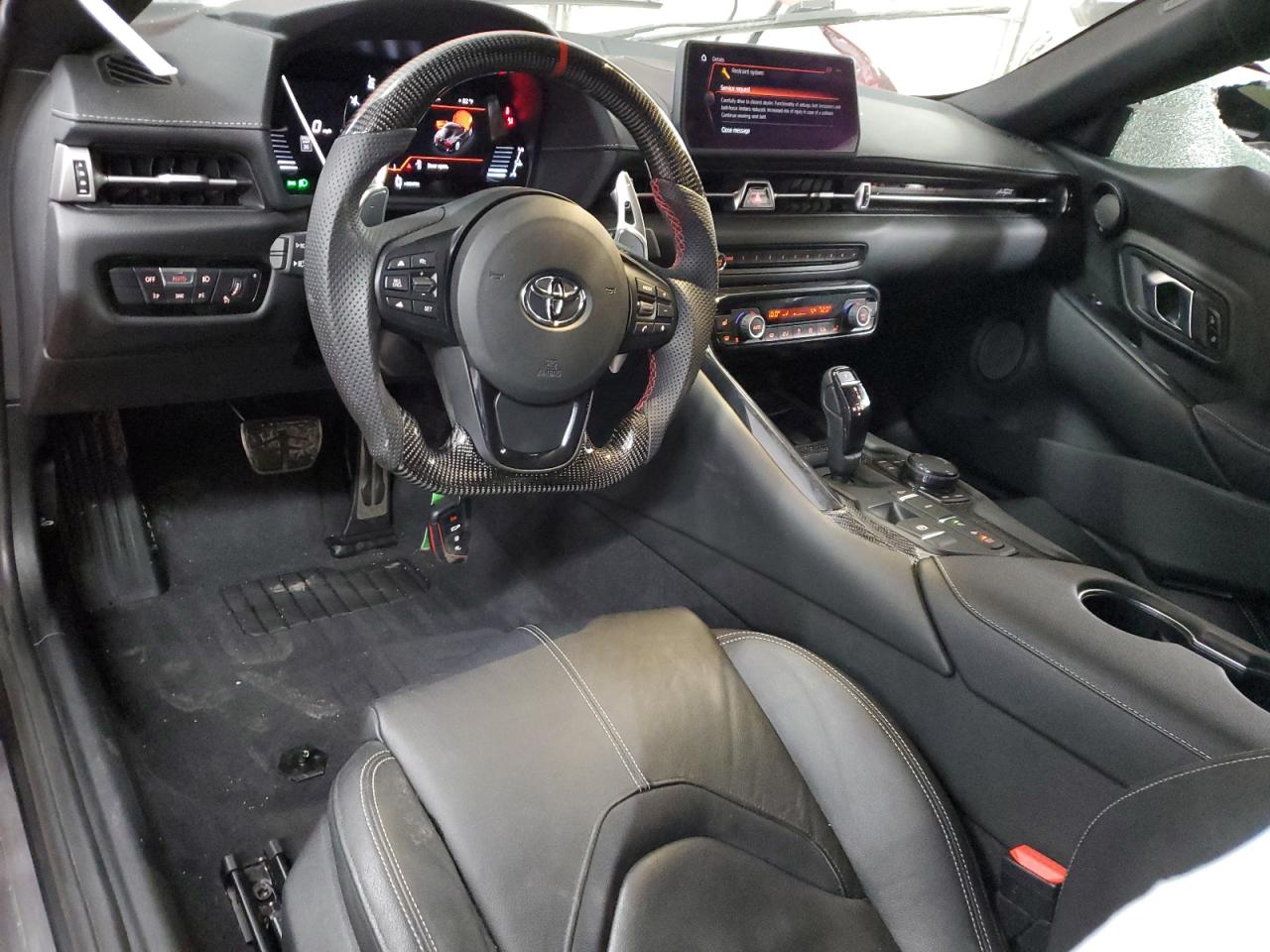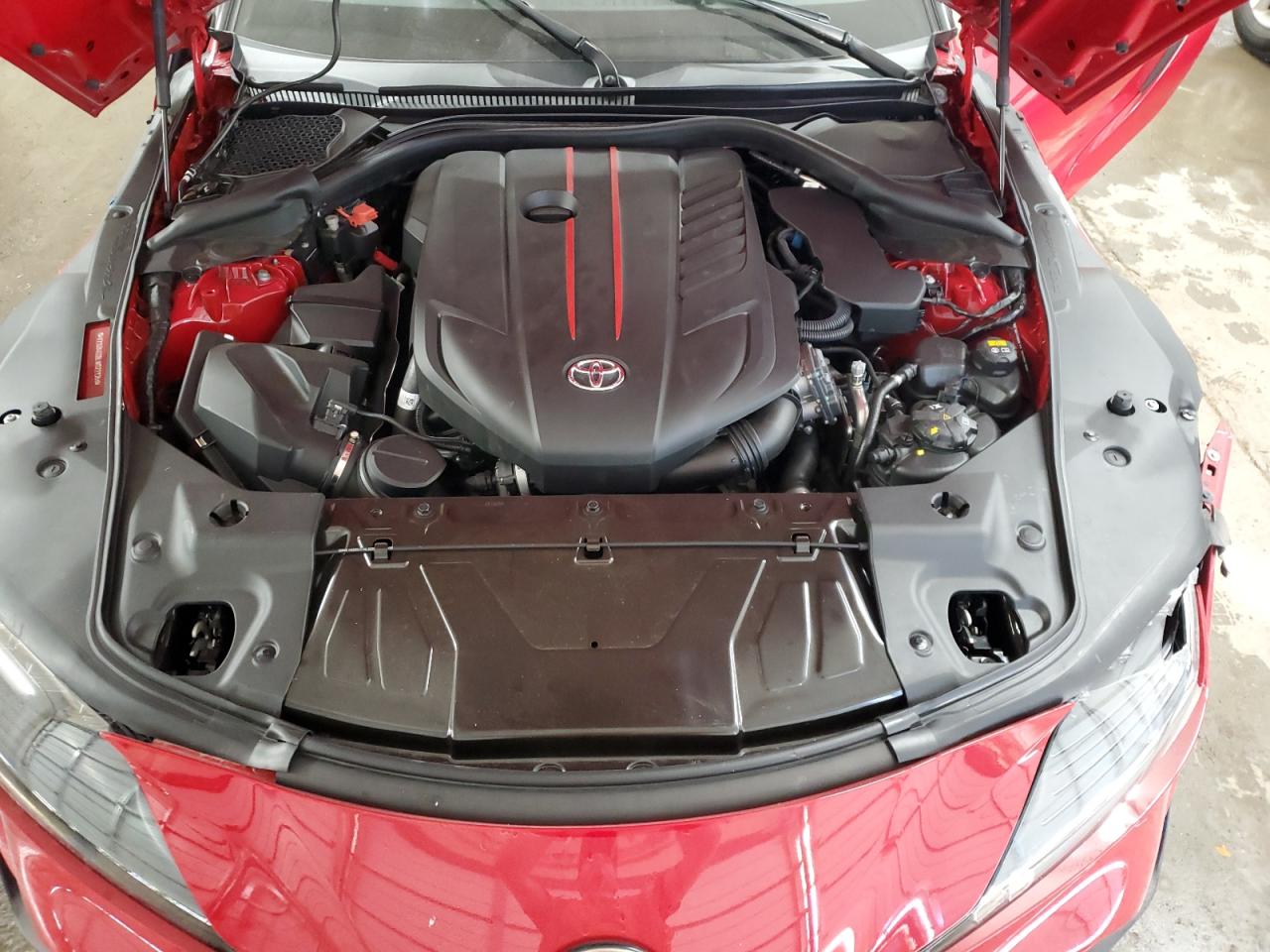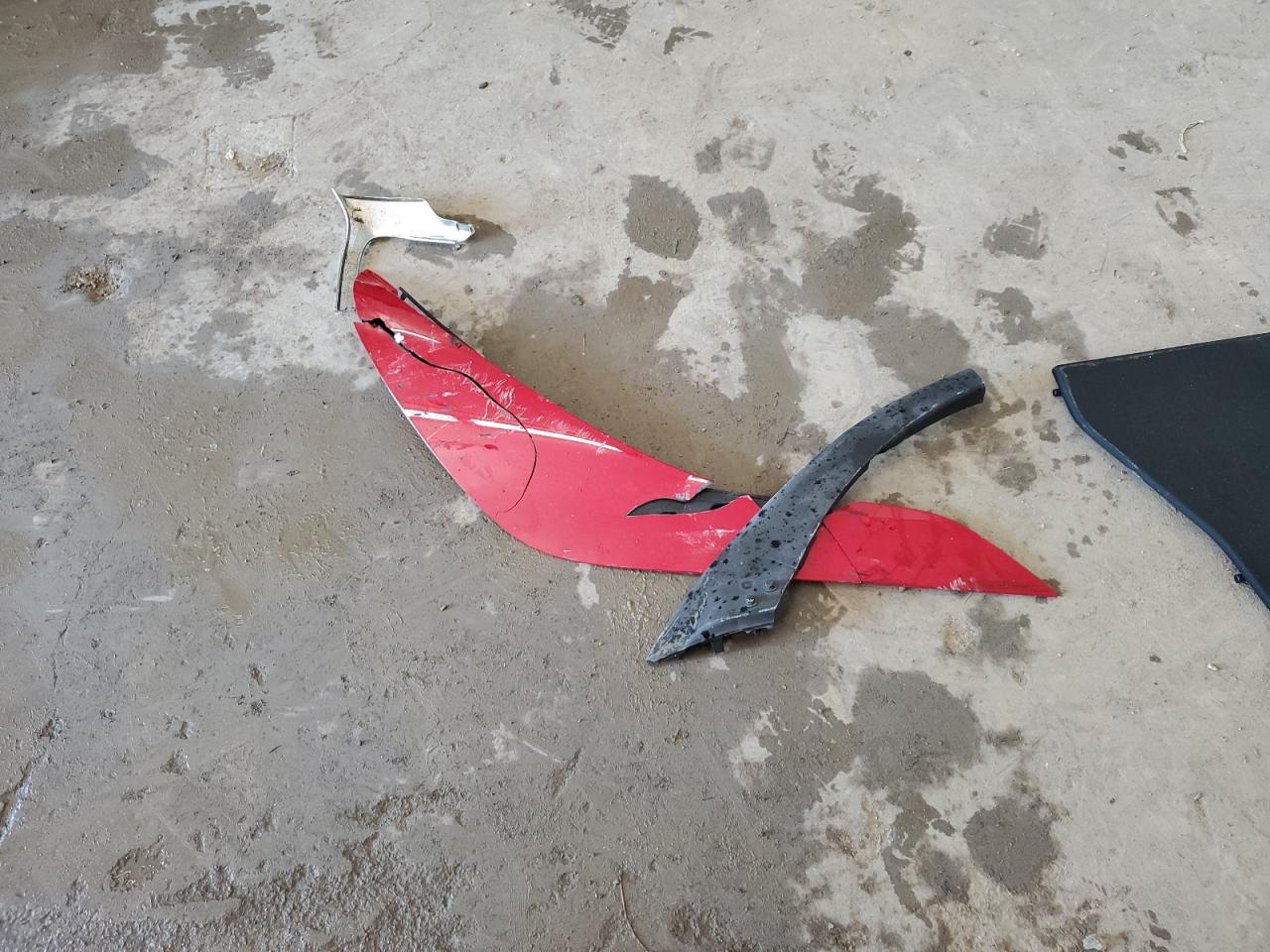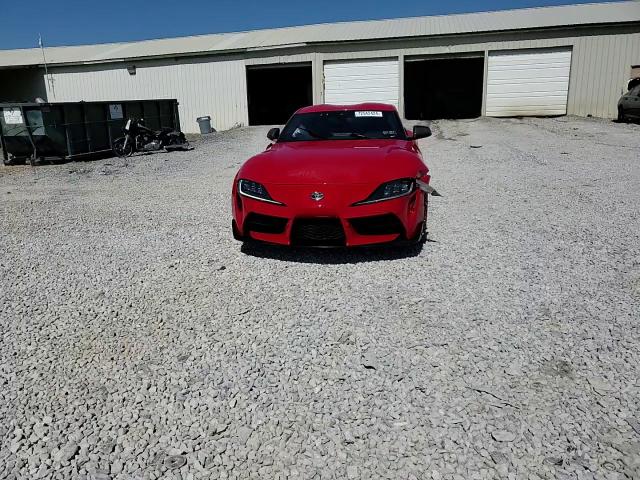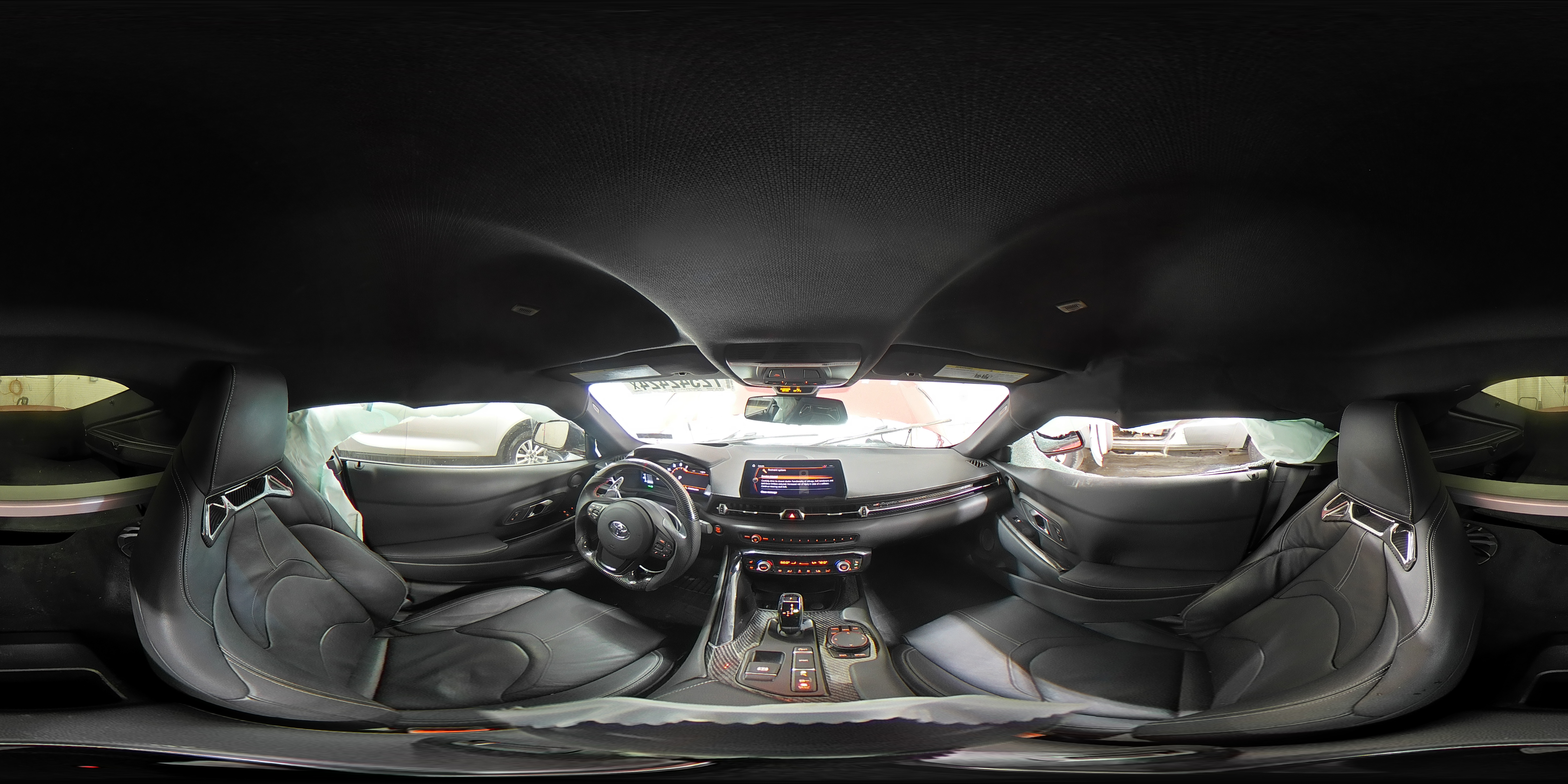Toyota Supra (62)
1988 Toyota Supra Sport Roof
2022 Toyota Gr Supra 2.0
2020 Toyota Gr Supra 3.0
1986 Toyota Supra
2022 Toyota Supra Premium/Cf Edition
2024 Toyota Supra Base
2021 Toyota Supra Base
2020 Toyota Gr Supra Launch Edition
2024 Toyota Gr Supra 3.0
2021 Toyota Supra
2021 Toyota Supra Base
1986 Toyota Supra
1987 Toyota Supra Sport Roof
2021 Toyota Supra Base
2024 Toyota Supra Base
2020 Toyota Gr Supra 3.0 Premium
2020 Toyota Gr Supra 3.0 Premium
2020 Toyota Supra Base
Toyota Supra is a legendary sports car produced by the Japanese company Toyota. This model has become a symbol of speed and innovation in the automotive industry. Since its introduction in 1978, Supra has gone through several generations, each of which brought something new and unique.
The history of the Supra is filled with exciting moments, race victories and the love of car enthusiasts around the world. In this article, we will look at the main stages of the model's development, its modifications, colors, years of production, the number of cars sold, as well as the most successful and problematic versions.
History of the model
First generation (A40/A50, 1978-1981)
The first generation of the Toyota Supra was introduced in 1978. The model was based on the Celica platform and was initially called the Celica Supra. The main difference from the Celica was a more powerful engine and an increased wheelbase. Engine options included a 2.0-liter and 2.6-liter inline six.
Second generation (A60, 1982-1986)
The second generation of Supra appeared in 1982. The model received a new body and became more sporty. An important update was the introduction of independent rear suspension. The Supra A60 also featured more powerful engines, including the 2.8-liter 5M-GE and the turbocharged 2.0-liter 1G-GTE.
Third generation (A70, 1986-1993)
The third generation of the Toyota Supra, introduced in 1986, received significant changes in design and engineering. This generation was the first to not use the Celica name. The model received new powerful engines, including the famous 3.0-liter turbocharged 7M-GTE. The Supra A70 also featured advanced technologies such as ABS and electronic suspension adjustment.
Fourth generation (A80, 1993-2002)
The fourth generation of the Supra, released in 1993, became an icon among sports cars. The A80 model was distinguished by its aggressive design and incredible performance. The most important elements were the 2JZ-GTE engine, which developed up to 280 hp in the standard version and more than 320 hp in the US specification. This generation became legendary due to numerous victories in races and participation in films and video games.
Modifications and colors
Over the years, the Supra has been offered in a variety of trim levels and colors, some of which have become particularly popular among car enthusiasts.
Main modifications
- Supra 2.0 is the basic version with a two-liter engine.
- Supra Turbo – a version with a turbocharged engine, featuring increased power.
- Supra RZ is the top modification, equipped with a 2JZ-GTE engine and numerous improvements.
- Supra SZ is a more affordable version with a naturally aspirated 2JZ-GE engine.
Popular colors
- White (Super White)
- Black
- Red (Super Red)
- Blue (Royal Sapphire Pearl)
- Yellow (Solar Yellow)
Years of production and number of cars sold
Toyota Supra was produced in four generations from 1978 to 2002. After a long break, in 2019, production of the fifth generation (A90) began.
GenerationYears of productionNumber of cars sold
A40/A50 | 1978-1981 | about 100,000
A60 | 1982-1986 | about 150,000
A70 | 1986-1993 | about 240,000
A80 | 1993-2002 | about 100,000
A40/A50 | 1978-1981 | about 100,000
A60 | 1982-1986 | about 150,000
A70 | 1986-1993 | about 240,000
A80 | 1993-2002 | about 100,000
The most successful and problematic versions
The most successful versions:
- The A80 (1993-2002) is the most successful generation of Supra, thanks to its powerful engine and iconic status in motorsports and pop culture.
- A70 Turbo (1986-1993) – a popular model due to its combination of performance and reliability.
Problematic versions:
- A70 (1986-1993) – Despite its success, some early models suffered from problems with cylinder heads and cooling systems.
- A40/A50 (1978-1981) – the first generation had problems with corrosion and unreliable carburetors.
The history of Toyota Supra is the history of the evolution of a sports car that combines high technology, power and cult status. With each new generation, Supra continues to conquer the hearts of car enthusiasts around the world, remaining a symbol of Japanese engineering and passion for speed.
Summary
The history of the Toyota Supra shows how the Japanese automaker was able to create a car that became iconic not only in the world of motorsports but also among car enthusiasts around the world. The model has undergone significant changes and improvements, which has allowed it to remain relevant for decades.
Since its first release, the Supra has come a long way, introducing many modifications and technical improvements. Each generation brought something new, improving performance and style. From classic colors to rare and exclusive options, the Supra offered a variety to satisfy the tastes of the most demanding car enthusiasts.
Key Milestones and Achievements
Over the years of its existence, Toyota Supra has achieved significant success in the market. Some models have become especially popular and in demand due to their unique characteristics and outstanding technical data.
- First generation (1978-1981): The beginning of the Supra's journey, laying the foundations for future success.
- Second generation (1981-1986): Improved performance and introduction of new technologies.
- Third generation (1986-1993): Turbocharged versions and sporty achievements.
- Fourth generation (1993-2002): Iconic status, recognized for its incredible power and design.
- Fifth generation (2019-present): Reborn as a legend with modern technology and design.
Over the years, some models have stood out for their reliability and popularity among owners, while others have encountered problems that require modifications and improvements.
Sales and Popularity
Toyota Supra sales reflect its popularity and acceptance. A significant number of cars have been sold over the years, indicating high interest from buyers.
GenerationYears of productionNumber of cars sold
First | 1978-1981 | more than 100,000
Second | 1981-1986 | more than 115,000
Third | 1986-1993 | more than 240,000
Fourth | 1993-2002 | more than 45,000
Fifth | 2019-present | the counting continues
First | 1978-1981 | more than 100,000
Second | 1981-1986 | more than 115,000
Third | 1986-1993 | more than 240,000
Fourth | 1993-2002 | more than 45,000
Fifth | 2019-present | the counting continues
The third and fourth generations were the most successful, winning recognition for their outstanding performance. However, some models encountered problems, including technical faults and design flaws, which affected their reputation.
Overall, the Toyota Supra remains a symbol of innovation and quality, continuing to delight its owners and delight car enthusiasts around the world. Its evolution and achievement of success are an example of the constant pursuit of excellence and dedication to its traditions.


































